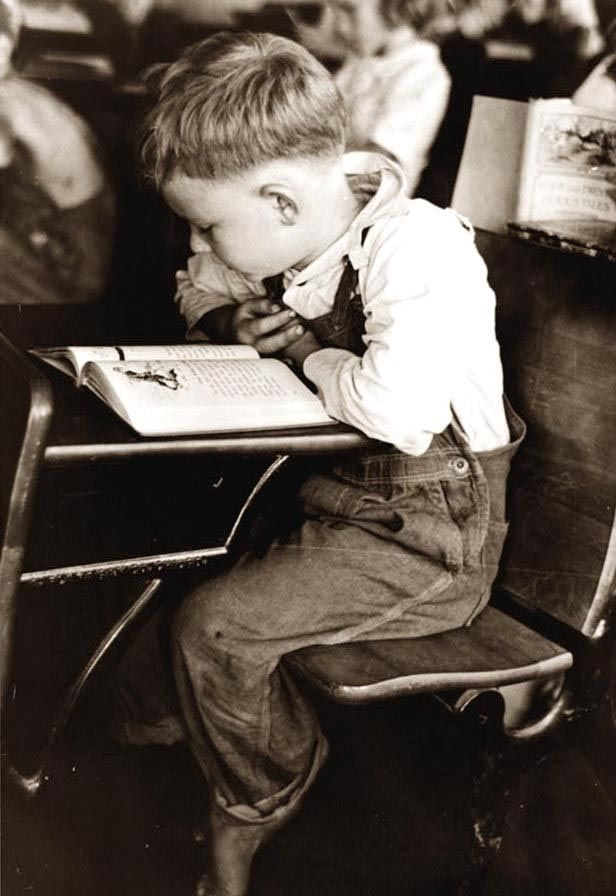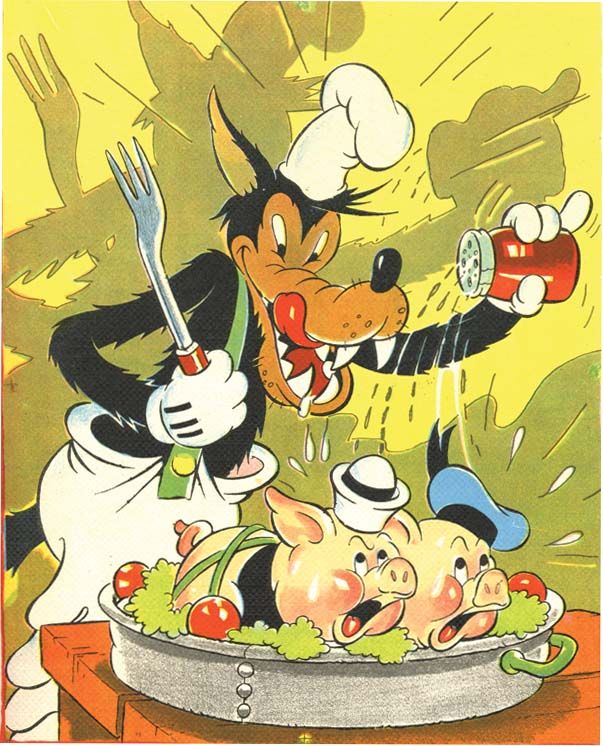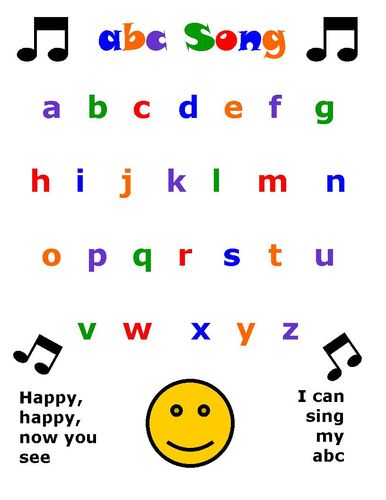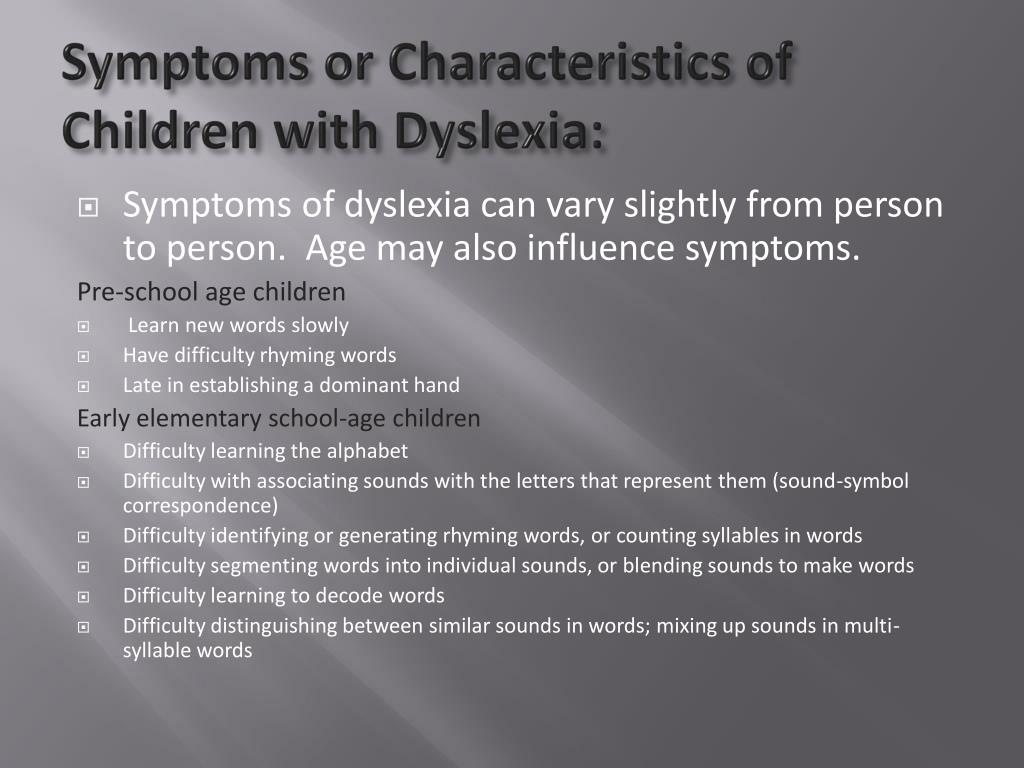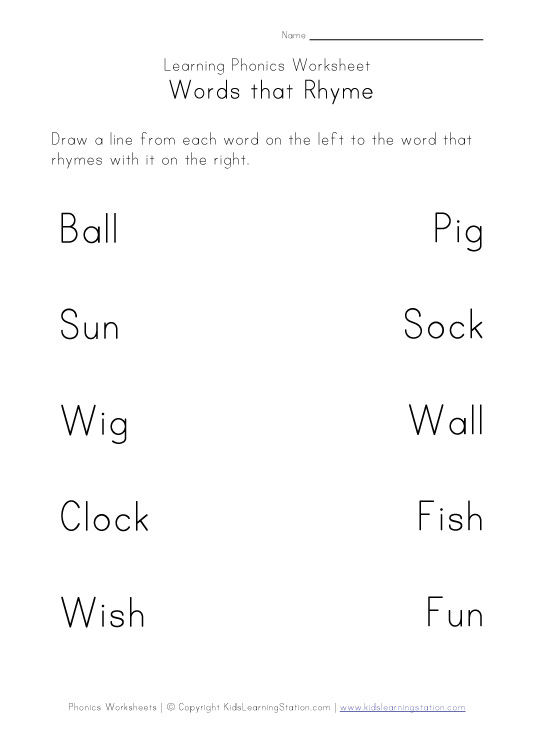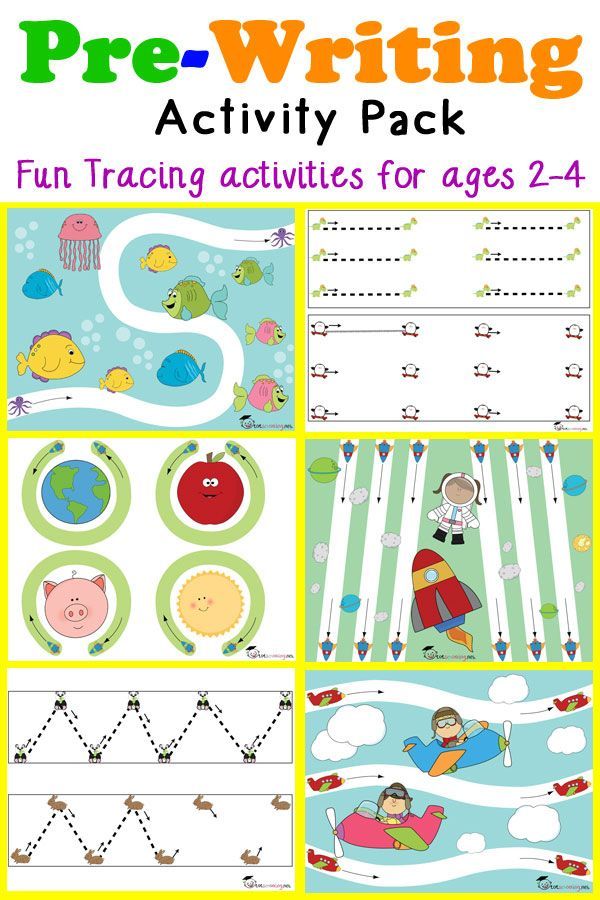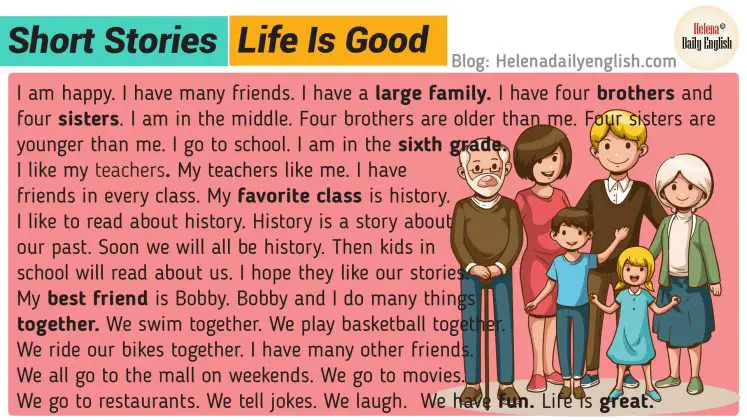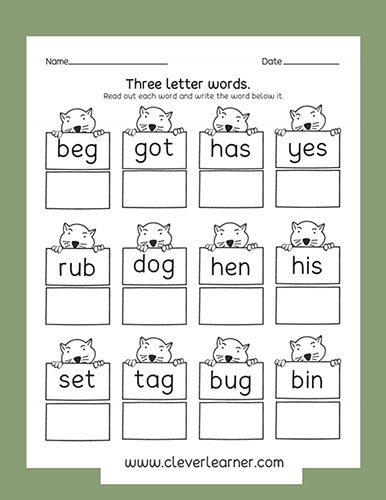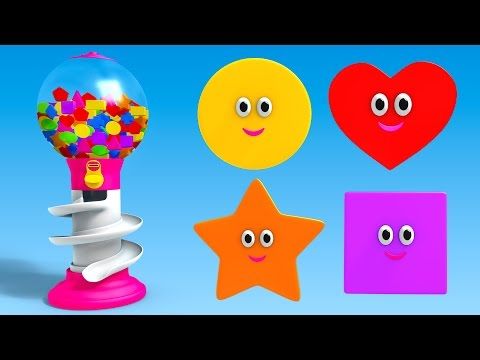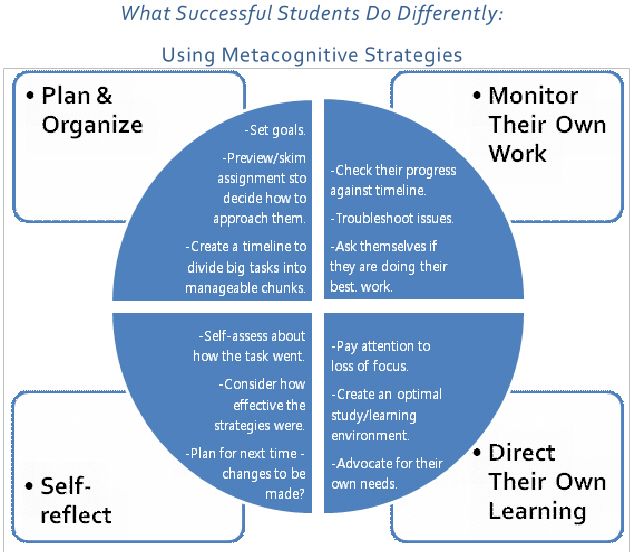Reading 7 year old
How to Help A 7 Year Old Struggling With Reading
Every child learns at their own pace, so some children learn to read faster than others. But this doesn’t mean that parents should sit back and wait for their kids to catch up with their peers. If your 7 year old is struggling with reading, it’s important to ensure they are getting the help they need right away. Reading skills are crucial to your child’s academic success, so the sooner they can improve these skills, the better.
What Should A 7 Year Old Be Able to Read?
There are certain reading milestones that your child should reach at every age. Some of the important reading milestones that your child should hit by age 7 include:
- Understand the basic rules of phonics, such as the difference between short and long vowels, the way the sounds of consonants blend together, and how the silent ‘e’ is used at the end of words.
- Self-monitor their comprehension so they can identify when they don’t understand something they are reading.
- Use context clues to extract meaning from the text or figure out what unfamiliar words mean.
- Have a broad sight word vocabulary, which are words that your child recognizes by sight alone.
- Correctly read approximately 60 words per minute.
If your child has not developed these skills, now is the time to help them become the strong reader they were born to be.
What Are the Signs of A Reading Problem?
Parents may not immediately notice that their child is struggling to read. This is because the signs of a reading problem are not always obvious. Here are some of the signs you should look out for:
- Your child’s reading is choppy and uneven rather than smooth.
- Your child recognizes a word by sight on one page but does not recognize the same word by sight on a different page.
- Your child guesses what unfamiliar words are instead of trying to sound them out using their knowledge of letters and sounds.
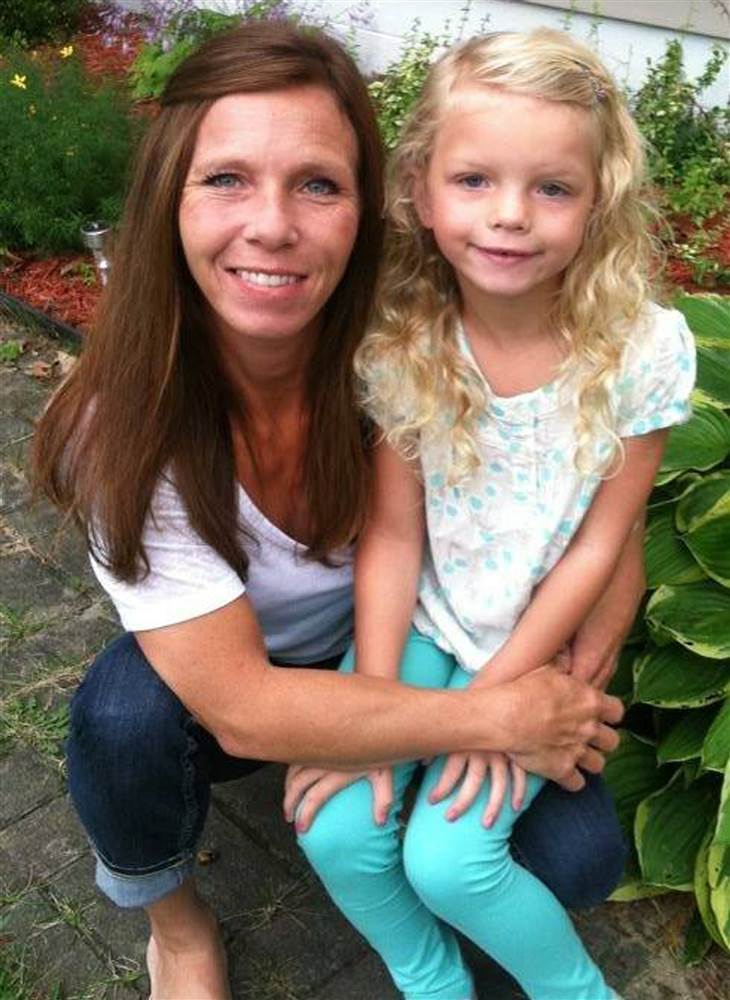
- Your child does not pay attention to punctuation when reading out loud.
- Your child does not seem to comprehend what they are reading.
- Your child skips over words when reading or reads words in a sentence out of order.
If you spot any of these signs, it’s likely that your child is struggling to read at grade level. Fortunately, there are plenty of ways for parents to help their children overcome reading difficulties.
How Can I Improve My Child’s Reading Level At Home?
Here are some of the many ways that you can help your 7 year old child improve their reading skills at home:
- Buy letter magnets and use them to help your child build different words. This is a great way to help your child improve their sight vocabulary and gain a deeper understanding of how the sounds of consonants blend together to create words.
- Encourage your children to re-read their favorite stories and poems.
 Re-reading stories they are familiar with will help them improve their fluency.
Re-reading stories they are familiar with will help them improve their fluency. - Pick the right books. You shouldn’t pressure your child to read books that are above their grade level. They may struggle with books that are too advanced, which can leave them feeling frustrated and hopeless. You should also choose books that interest your child, which will motivate them to keep reading.
- Help your child understand sections of text that they are struggling to read. Point out context clues that they may have missed, grab a dictionary to look up words they aren’t familiar with, and help them sound out difficult words. Make it a team effort!
- Read books out loud together. You may need to slow down a bit to match your child’s pace, but don’t go too slow. Challenge your child to try to keep up with your pace and match your expression.
Practice makes perfect. The more time you can spend helping your child, the faster they will be able to improve their reading skills.
What is the Best Way to Teach A Child to Read?
Supplement your at-home reading instruction with Readability, which is the only reading comprehension app that your child can use anytime, anywhere. This app is designed with responsive speech technology, which allows it to listen to your child read aloud and correct their pronunciation errors in real time. The app will also ask questions and listen to your child’s answers to ensure they understand the text they are reading. Together, these features can drastically improve your child’s decoding, phonetic awareness, and reading comprehension skills.
Help your 7 year old become a better reader with Readability. Download the app on your smartphone or tablet to start your free 7-day trial today.
Reading & comprehension: Age 7–8 (Year 3)
By Year 3 (in England) or Primary 4 (in Scotland), your child will hopefully be on the way to becoming a confident, independent reader. Many children who have got to grips with phonics and word-reading will shift their focus onto comprehension.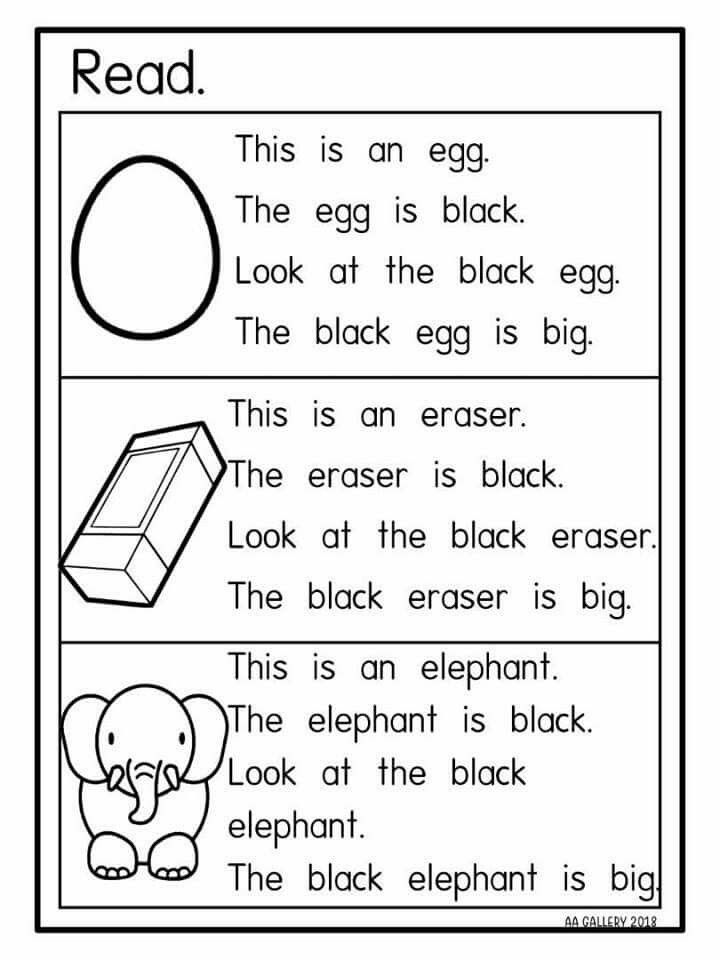 Your child’s relationship with books will begin to change as they can now read for pleasure – fiction and non-fiction – or to find information they need.
Your child’s relationship with books will begin to change as they can now read for pleasure – fiction and non-fiction – or to find information they need.
There are plenty of simple and effective ways you can help your child with reading in Year 3/Primary 4.
Listen to your child read
Once your child can decode most words, it’s easy to think that the job of learning to read is done. However, reading as often as possible with your child is still a valuable experience. You will be able to help with any unfamiliar words to expand their vocabulary and talk to them about the book to make sure that they understand. You can talk about what has happened in the book, ponder the motives and feelings of the characters, and predict what might happen next. All this will support their developing comprehension skills.
Seeing words in print is also good for your child’s other English skills too – reading aloud helps them to understand the words, to spell them, and to see how grammar and punctuation are used to make meaning.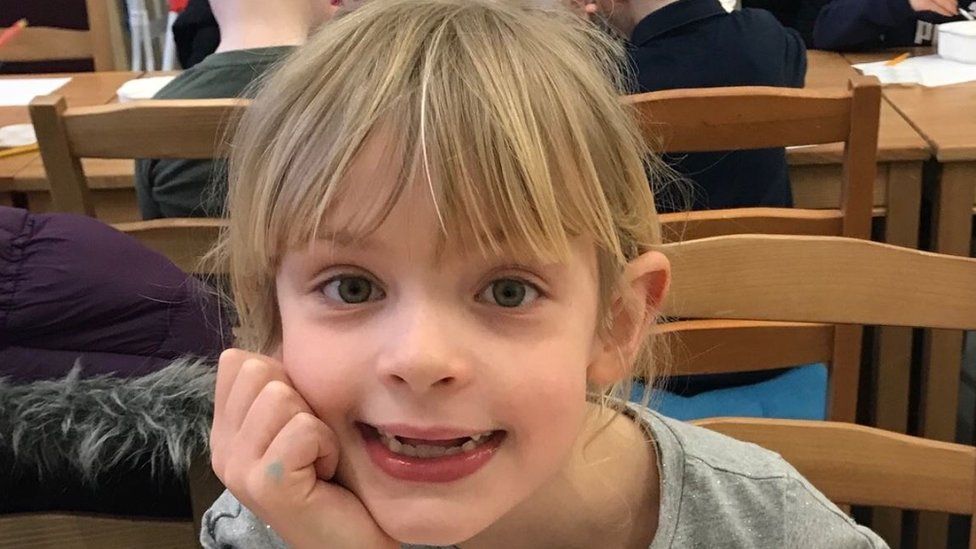
Encourage reading for pleasure – and don’t judge!
If your child wants to read for pleasure, that’s brilliant. If it’s age-appropriate, don’t worry too much about what they are reading. Do suggest books that you think will stretch, challenge and widen their reading horizons, but don’t stop them reading what they are drawn to: fiction, non-fiction, poetry, monsters, fairies or football. It’s all reading and it’s all good!
If your child doesn’t want to read on their own, maybe search for short books, graphic novels, information books to flick through or joke books. Find out more about encouraging reluctant readers here.
Keep reading to your child
Once your child can read on their own, it is tempting to leave them to get on with their own reading – but reading a book to them can be just as important as encouraging independent reading.
Reading to your child can help them develop language skills and comprehension. This is because it gives them access to books that they can’t yet read independently, such as longer novels.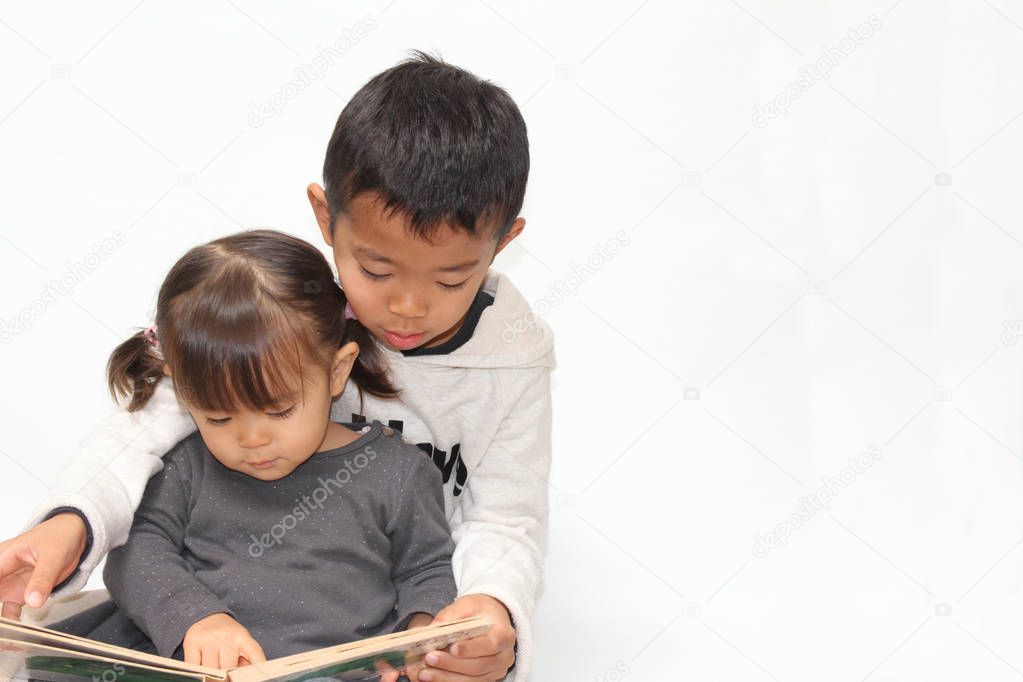 It can improve vocabulary, foster empathy and can be another important opportunity to develop comprehension skills as you discuss the events so far.
It can improve vocabulary, foster empathy and can be another important opportunity to develop comprehension skills as you discuss the events so far.
For books to read with your child, take a look at our free eBook library.
Listen to audiobooks
Listening to audiobooks can be a great use of time spent in the car. It’s also a way to widen reading experiences. You might like to search for stories read by favourite actors.
Don't give up!
When your child reads more challenging books, there might be times when they struggle and want to stop. Help them through these patches by reading a bit with them to get them started or hooked into the next chapter.
Take it in turns to read a page or take on the role of particular characters or the narrator. Inventing different character voices is a great way to hook them in and distract them when they are feeling frustrated.
Talk about books, stories, words and pictures
Talking about books is a really useful habit to get into.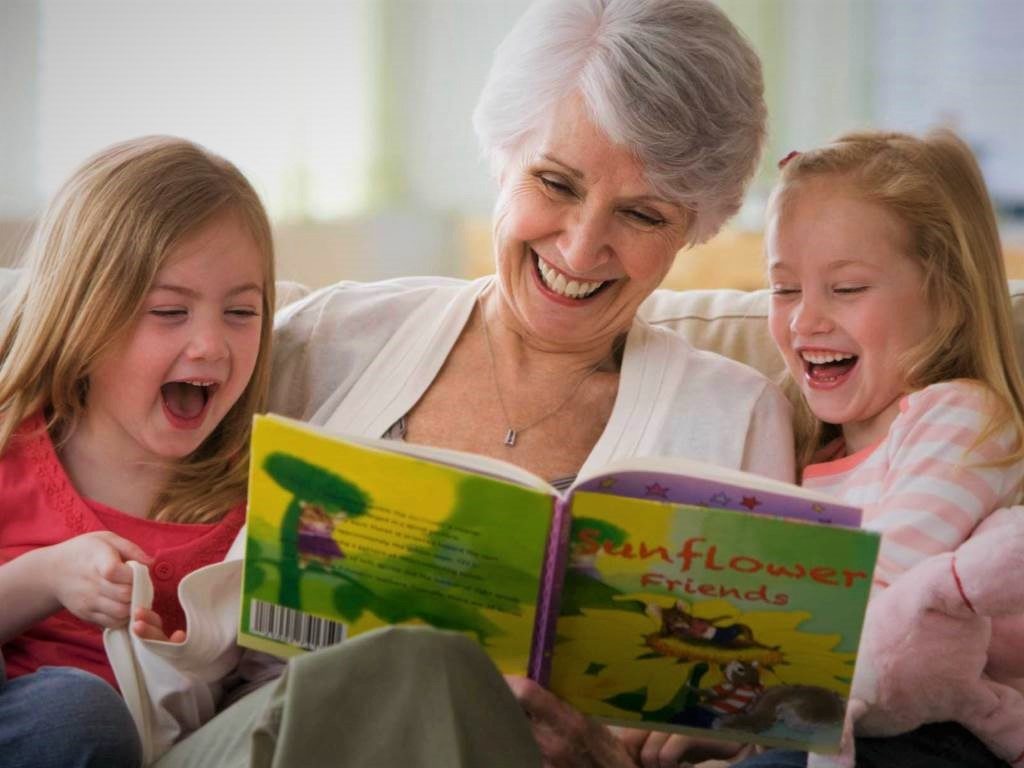 Talk about the characters and what happens in a story, or what specific bit of information was most useful, and ask your child for their opinions too. Let them tell you if (and why) they don’t like a book. Part of growing as a reader is learning that it’s okay not to like books sometimes!
Talk about the characters and what happens in a story, or what specific bit of information was most useful, and ask your child for their opinions too. Let them tell you if (and why) they don’t like a book. Part of growing as a reader is learning that it’s okay not to like books sometimes!
Asking your child open questions that begin with ‘how’ and ‘why’ can help them to think about what they’re reading. Try to get your child to go back to the text and pictures to tell you how they know the answer.
When reading stories, good readers are always thinking ahead to start to work out what might happen next. You can help your child become better at this by asking key questions such as: I wonder if … will happen? Who do you think will…?
Use pictures to discuss stories
Pictures are still a great way for your child to practise their comprehension skills, even as they get older. Many children enjoy graphic novels which need the reader to interpret the pictures as well as the text.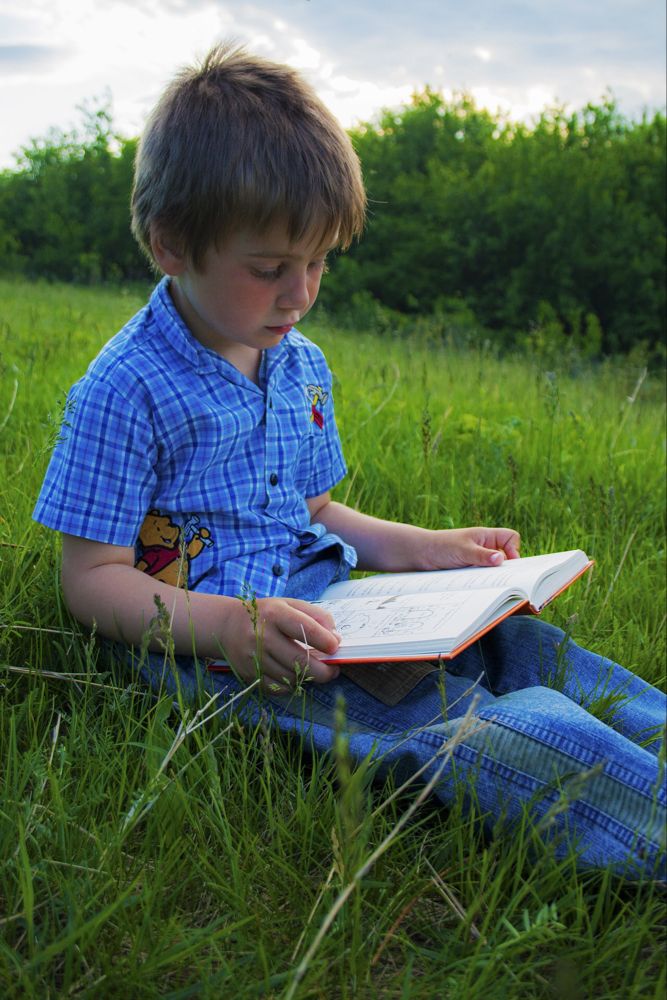 There are also interesting picture books aimed at older readers that can lead to interesting discussions. Look for some interesting ideas here.
There are also interesting picture books aimed at older readers that can lead to interesting discussions. Look for some interesting ideas here.
100 books to read to a child under 7 years old
How to teach children to read? We have compiled lists of fiction books for different ages, thanks to which the child will love to read.
Website editor
Tags:
Children
age
Food
Travels
Books
Books for the smallest (from 0 to 2 years old)
At this age, the child himself can only literally try the book on the tooth. However, reading aloud to him is very useful. Firstly, this is a form of communication with the baby, and secondly, listening to you, the baby learns to speak.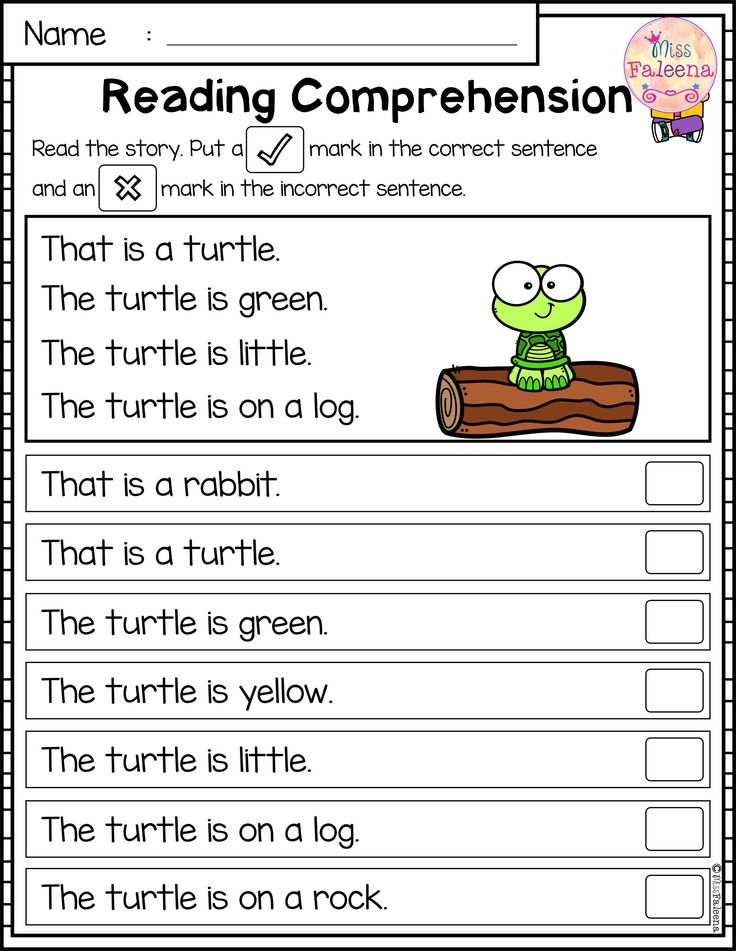 Poems and songs are especially useful: even very tiny children perceive rhythm well and quickly learn to distinguish intonations. Starting at 6 months old, you can show your baby 2-3 cardboard baby books with simple and realistic illustrations.
Poems and songs are especially useful: even very tiny children perceive rhythm well and quickly learn to distinguish intonations. Starting at 6 months old, you can show your baby 2-3 cardboard baby books with simple and realistic illustrations.
How to read?
- In a quiet environment. Remove toys that can distract the child, turn off the computer and TV.
- Declaim expressively and emotionally, pronouncing all sounds carefully. Change the volume and pace of speech - in general, use acting skills.
- Show your child pictures. Child psychologists strongly recommend choosing books with believable illustrations - so the baby will be able to get a true picture of reality.
- While reading poems and nursery rhymes, demonstrate the actions in question. Butt heads for a horned goat, stomp for a clubfoot bear and growl for a tiger.
- As soon as the baby gets tired of the book, stop reading and put it away until the next day.
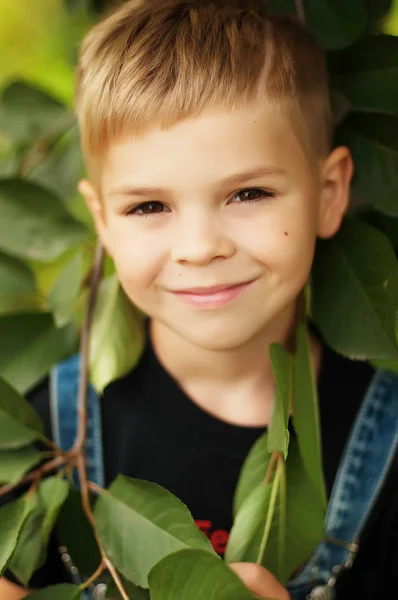
- Be patient. If your child only likes one quatrain, read it and don't insist on reading the whole book.
What to read?
- Short poems about animals, toys and the world around.
- Poems with onomatopoeia.
- Rhymes, sayings, riddles.
What to buy?
- Sturdy, indestructible and safe toy books that can be chewed on, crushed and even bathed in the bath with pleasure.
- Books with animated illustrations: furry animals, croaking frogs, etc.
- Illustrated books with moving or three-dimensional elements.
- Books with story pictures, even without text. Scroll through them with your child and comment on what is shown in each picture.
References
- Aleksandrova Z. "Dandelion", "New Snow"
- Aronzon L. "Who's dreaming"
- Barto A.
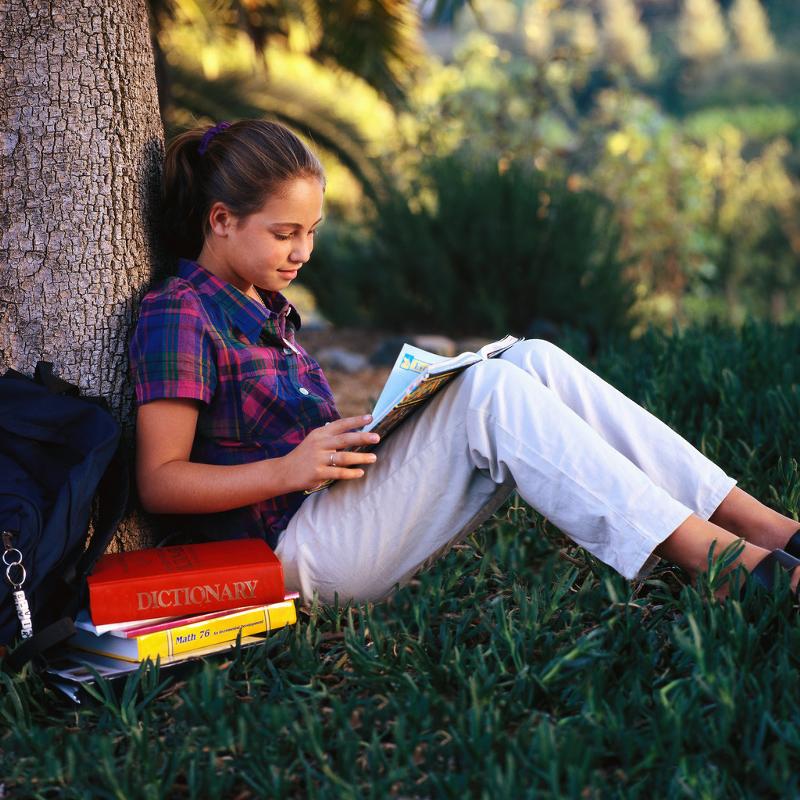 "Toys"
"Toys" - Bergelson for A.Komara
- Berestov V. "About the car", "Merry summer"
- Blaginina E. "Poems for children"
- Zakhoder B. "Songs of Winnie the Pooh"
- Kozlov S. "I'm lying in the sun", "Panda"
- Lagzdyn G. "Cockerel", "Bunny, bunny, dance!"
- Mayer N. "Forest laughter"
- Marshak S. "Children in a cage"
- Moshkovskaya E. "Zoo"
- Pikuleva N. "Poems for the smallest"
- Russian folk rhymes. "Magpie-white-sided", "Bells, bells", "Ladushki", "I'm going, I'm going to my grandmother, to my grandfather", "Bayu-bayushki-bayu", "Ladybug"
- "Mother Goose Rhymes", children's English poetry translated by S. Marshak and K. Chukovsky
- Stepanov V.A. “How do you live? What are you chewing?
- Serova E. "Glorious family", "Who lives in the forest"
- Tokmakova I. “Summer rain”, “Seasons”
- Chebyshev A. “Hedgehog visiting a giraffe”
- Chukovsky K. “Hedgehogs are laughing”, “A bunny came out for a walk”
Books for children from 2 up to 4 years
Now the child already understands the words that adults say, shows interest in everything around and tries his best to imitate mom and dad.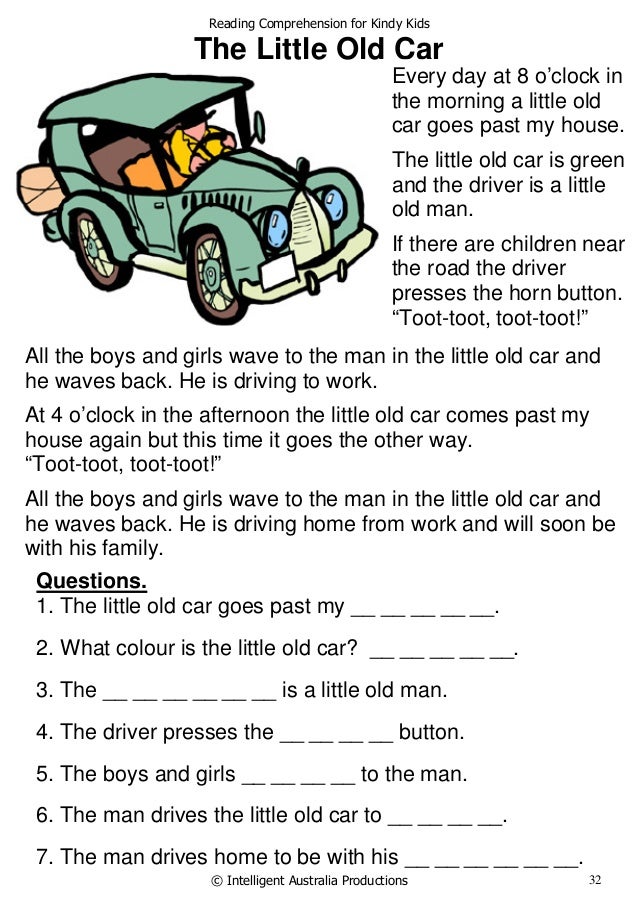 One fine day, you may find that the baby is very intently "reading" aloud to his plush zoo. In general, it's time to start more serious and meaningful reading!
One fine day, you may find that the baby is very intently "reading" aloud to his plush zoo. In general, it's time to start more serious and meaningful reading!
How to read?
- If you started reading a fairy tale to your baby, and he fell asleep or got distracted, then next time you will have to start from the first page. It is still difficult for such young children to remember and combine different episodes of the same story in their heads.
- Do not be lazy to read the same thing over and over again if your little conservative asks for it. Use children's love of repetition to memorize poems and stories.
- Do not be afraid to take on texts with words unfamiliar to the child. First, most likely, he understands much more than you think. And secondly, the expansion of vocabulary will greatly spur the development of speech.
- Carry a book with you. It will come in handy if you need to entertain your baby in transport or in line.
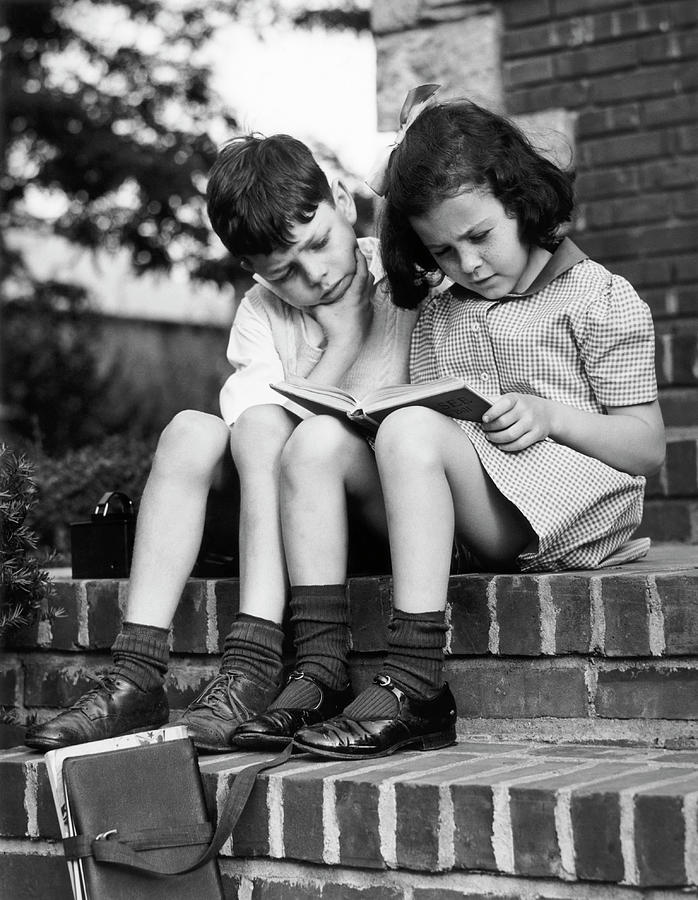
- Draw your own illustrations for books together, sculpt characters from plasticine. This will allow the baby to develop fine motor skills and increase interest in reading.
What to read?
- Short stories. Let them cover one event or several, but occurring linearly, that is, one after the other.
- Short poems (4-12 lines).
- Poetic riddles.
- Animals and toys are still at the peak of popularity. But now the kid is no longer enough of a cheerful story about “ko” grazing in the meadow - now he needs some kind of relationship, interaction between the characters.
What to buy:
- Books with large and very simple illustrations that match the text.
- Look for books that allow your child to do things on their own, like sticking stickers, coloring pictures.
- Prefer durable and inexpensive titles, the time for reading rare books will come later.
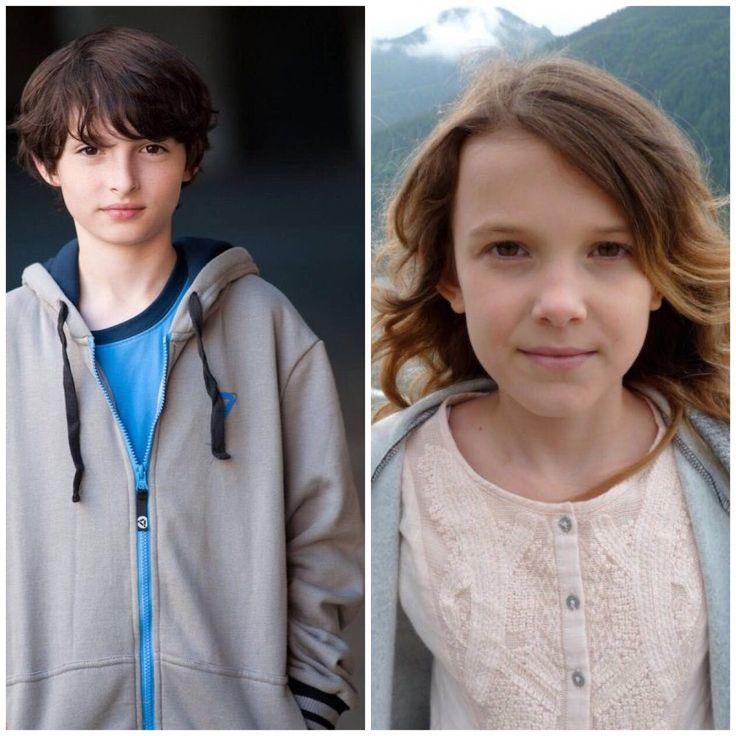
References
- Andersen G.-H. “Thumbelina”, “Flint”, “The Tale of the Steadfast Tin Soldier”
- Barto A. “Tamara and I”, “Younger Brother”
- Garshin V. “The Traveling Frog”
- Grimm. "The Bremen Town Musicians", "The Wolf and the Seven Kids", "Thumb Boy", "Snow White and the Seven Dwarfs", "The Brave Tailor"
- Dal V. "The Old Man"
- Donaldson D. "The Gruffalo"
- Ershov P. "The Little Humpbacked Horse"
- Zakhoder B. "Toptyzhka Bear"
- Kipling R. "The Jungle Book", "The Jungle Book" distant Amazon"
- Levin V. "Stupid Horse"
- Mamin-Sibiryak D. "Tales", "Alyonushka's Tales"
- Marshak S. "The Tale of the Stupid Mouse", "Merry Account"
- Mayakovsky V. "What not a page, then an elephant, then a lioness”, “What is good and what is bad?”
- Mikhalkov S. "My Puppy", "Stubborn Frog", "Three Little Pigs"
- Moritz J.
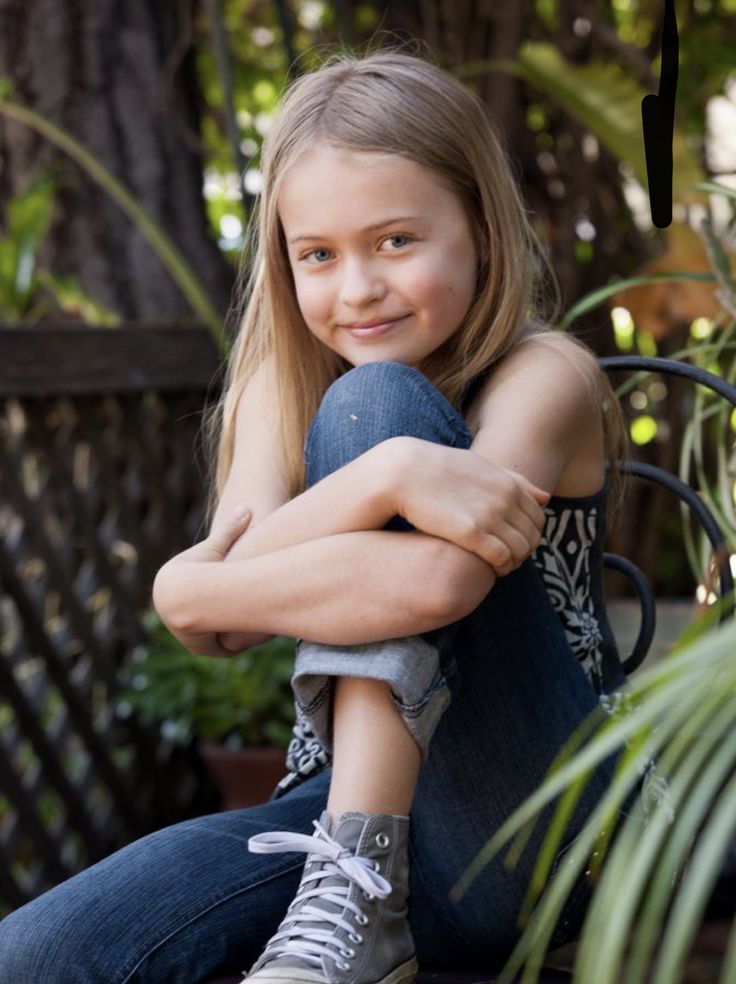 "The roof was going home"
"The roof was going home" - Perro S. "Puss in Boots", "Little Red Riding Hood", "Cinderella", "Sleeping beauty»
- Russian folk tales. "Turnip", "Kolobok", "Teremok", "Geese Swans", "Three Bears"
- Sef R. "Who looks like whom"
- Suteev V. "Under the Mushroom", "Chicken and Duckling", " Who said "meow"?"
- Tolstoy L. "Fairy tales and stories"
- Tuvim A. "ABC", "Where are the glasses"
- Harms D. "Amazing cat", "Liar", "Ship"
- Chukovsky K. "Fly-sokotuha", "Cockroach", "Crocodile", "Telephone", "Moidodyr"
- Charushin E. "Tomka ", "What kind of animal"
- Yasnov M. "The icicle collector", "The bunny went out for a walk"
Books for children from 4 to 6 years old
literary "menu" unillustrated books - it develops the imagination. For ages 4 to 6, long stories are suitable, consisting of several chapters, which can be read many evenings in a row.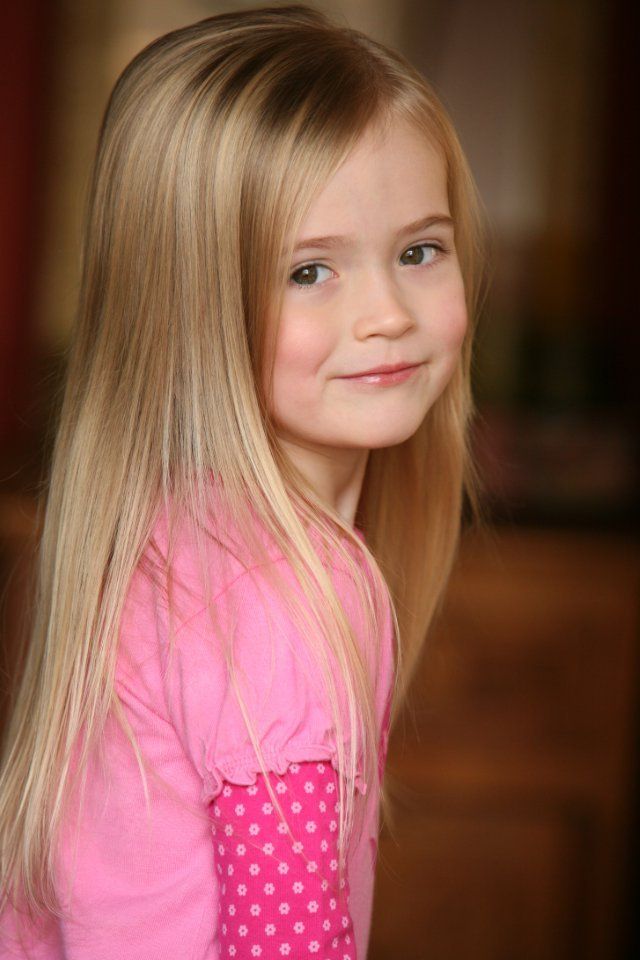
How to read?
- The child already quite normally perceives the text read without exaggerated recitation. But, of course, you should not deprive the reading of emotions at all - just let the intonation be more natural.
- Children no longer get hung up on one fairy tale as much as they used to, but for better perception it still makes sense to read books several times - it's easier to remember the details.
- Read chapter by chapter if they are small, otherwise divide the text into separate semantic pieces by yourself. Such a "fractional approach" will help arouse in the child the desire to learn to read independently. Stop literally “at the most interesting place”, and then feel free to start doing your own business: if you want to know what will happen next, let him take the book himself.
- Take your child to the children's library. Show and let them look through a variety of publications: miniature books and huge atlases or photo albums.
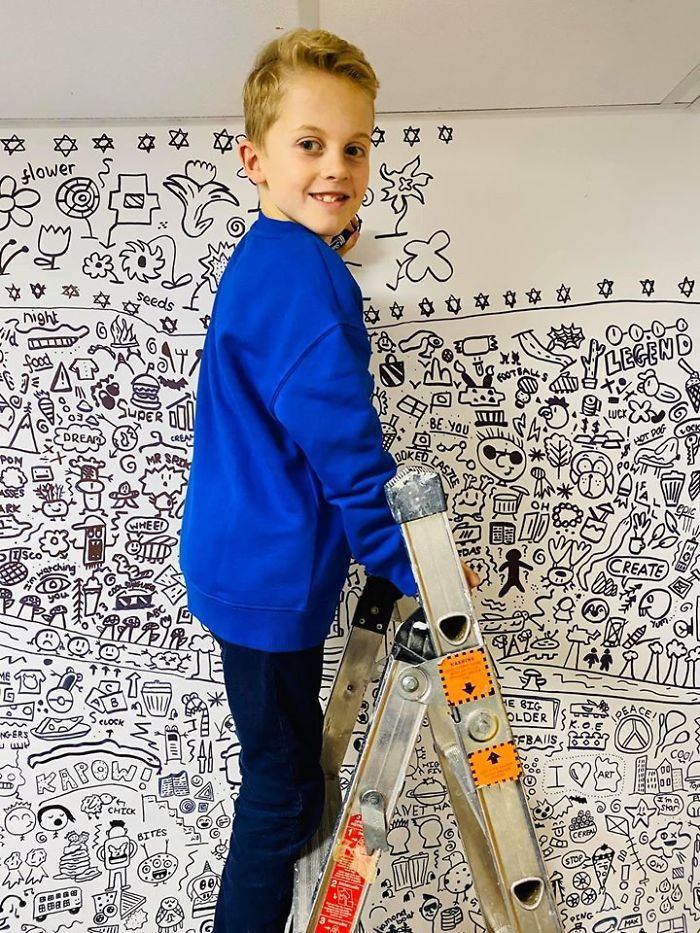
- If it is still difficult for a child to understand the plot, show him the appropriate cartoon. This will make it easier to perceive what is happening in the book.
What to read?
- Adventure stories, novels and short stories full of exciting events.
- Stories in the spirit of “a lesson for good fellows” are moderately moralizing and by no means boring.
- Encyclopedias for preschoolers and primary school children.
- Educational aids to prepare for school.
- Books related to the events taking place around the child. For example, before the New Year, you can read stories about Santa Claus.
What to buy:
- Books with complex illustrations designed for long study.
- Children's magazines and comics.
- Tales and fairy tales with many characters.
List of literature
- Bazhov V.
 “Silver hoof”
“Silver hoof” - Bernett F. “Little Princess”
- Bianchi V. “Stories about animals”
- Volkov A. “Wizard of the Emerald City”
- Voronkova L. Voronkova L. F. "A Girl from the City"
- Gaidar A. "Chuk and Gek", "The Blue Cup"
- Gauf V. "The Dwarf Nose", "The Story of the Caliph-Stork", "The Story of Little Muck"
- Gallico P. " Thomasina
- Dr. Seuss Tales
- Zoshchenko M. “Stories about Lela and Minka”
- Kozlov S. “Hedgehog in the fog”, “In the native forest”
- Krylov I.A. "Elephant and Pug", "Crow and Fox"
- Lagerlöf S. "Niels' Wonderful Journey with Wild Geese"
- Lindgren A. "Emil from Lönneberga", "The Kid and Carlson"
- Miln A.A. "Winnie the Pooh and all-all-all"
- Tales of the peoples of the world
- Nosov N.N. "Dunno and his friends", "The Adventures of Kolya and Misha", "Entertainers", "Dreamers"
- Oseeva V. "Blue Leaves", "Magic Word", "What's Lighter"
- Oster G.
 B. "A Kitten Named Woof and Other Stories"
B. "A Kitten Named Woof and Other Stories" - Prishvin M. "The Forest Master"
- Pushkin A.S. "Tales"
- Raspe R. E. "The Adventures of Baron Munchausen"
- Rodari J. "Journey of the Blue Arrow"
- Romanova N. "Red Dot Ant"
- Russian folk epics
- Tolstoy A.N. "The Adventures of Pinocchio"
- Wild O. "Star Boy"
- Uspensky E. "Crocodile Gena and his friends", "Vacations in Prostokvashino"
- Chandler H. J. "Tales of Uncle Remus"
- Chaplin V. "Kinuli"
Books for children 7 years old
not only you, but also his class teacher will determine the reading circle of your child. Conclude an agreement with a young student: every month you go to a bookstore and buy two books there - you choose one, he chooses the second.
How to read?
- It's time to finish reading aloud, maybe for five to ten minutes at night to sleep better.
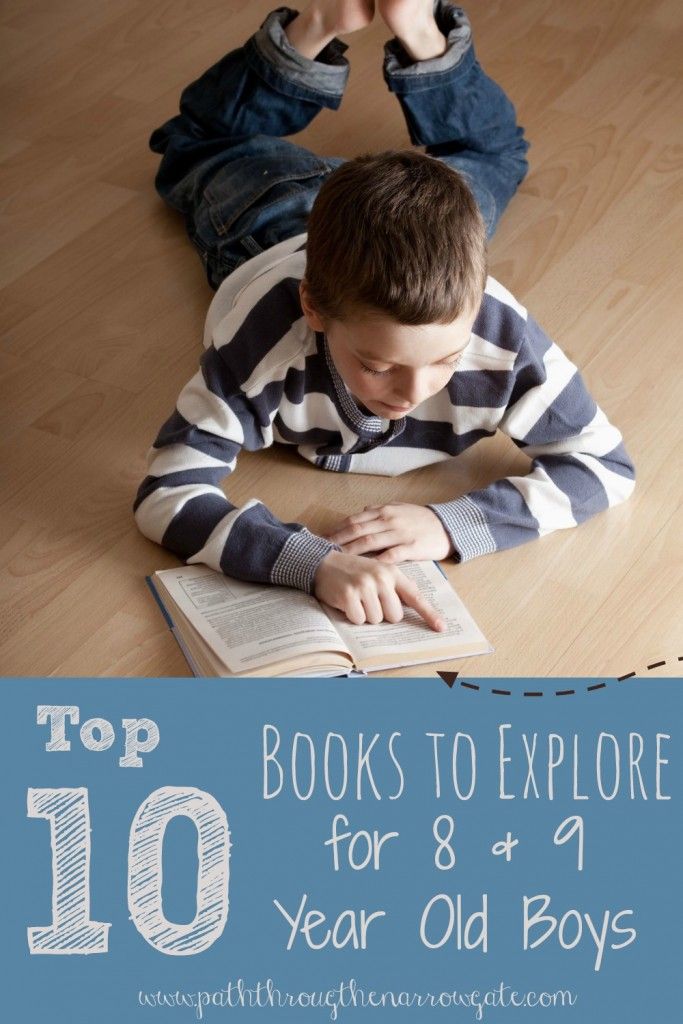 It's time for your child to start reading on their own.
It's time for your child to start reading on their own. - Read fairy tales and fables by roles.
- Teach your child how to write poetry or how to write stories that follow up on favorite books.
- Watch a young bibliophile read aloud. Does he get confused in words, swallows syllables, puts stress correctly, etc. Carefully correct all mistakes, and if the baby suddenly has problems with pronunciation and reading comprehension, be sure to contact the doctors.
- A first-grader almost every day receives homework “to read a text from such and such to such and such a page” — as a result, a previously pleasant activity turns into a painful obligation for him. Do not forget to praise the student so that he does not lose motivation at all.
- Don't worry if your child doesn't read the entire school reading list for the summer. Something from there can be replaced by a film or an audiobook.
- By the way, audiobooks, plays and movies are a great way to instill a love of reading.
 It often happens that after them the children want to "check" with the book.
It often happens that after them the children want to "check" with the book.
What to read?
- Unadapted children's works with a full story and complex sentences.
- That "everyone reads". At this age, it is very important for children to feel "their own" in a group of peers, so you have to be patient a little.
- Electronic books. There is no escape from technology, so it is better to use it for good.
What to buy:
- Books from the school curriculum.
- Books about the child's hobbies. If the kid loves cats, choose a zoological encyclopedia (or a cat detective), if he is fond of hockey - sports, etc. Even for cartoons and computer games that often distract children from reading, you can choose the appropriate novelizations or art books.
References
- Adams R.
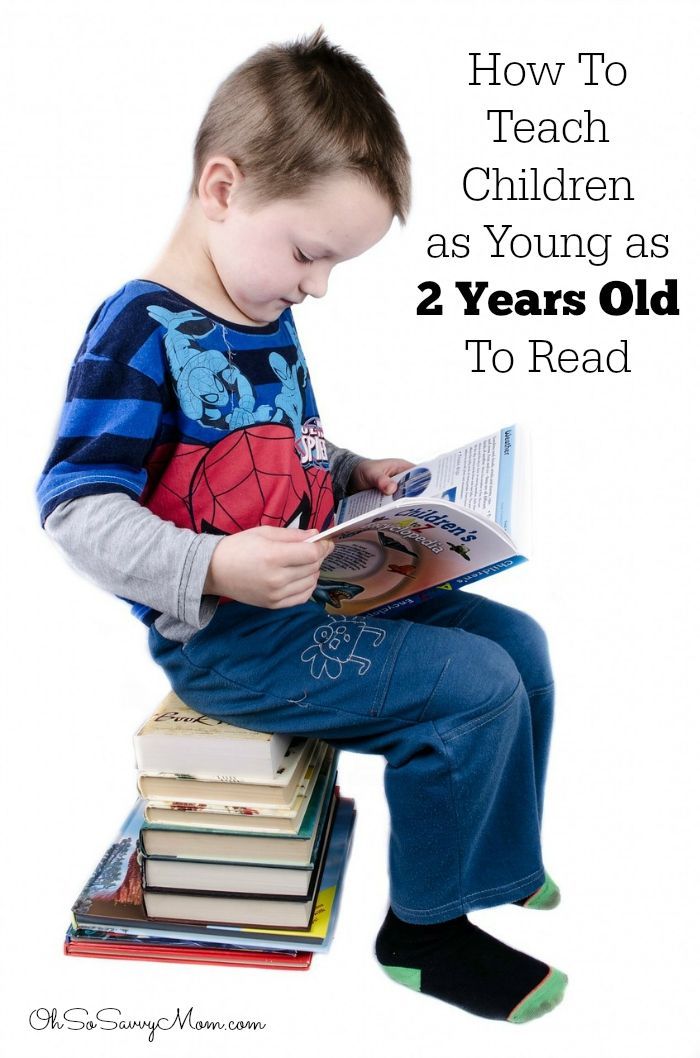 The Hill Dwellers
The Hill Dwellers - Barry J. Peter Pan
- The Nutcracker and the Mouse King
- Graham K. The Wind in the Willows
- Dahl R. Charlie and the Chocolate Factory
- Darrell J. My Family and Other Animals
- Dickens D. Stories for Children
- Dragunsky V. Stories"
- Konopnitskaya M. "About the Gnomes and the Orphan Marys"
- Crews J. "My Great-Grandfather, Heroes and Me", "Tim Thaler, or Sold Laughter"
- Carroll L. "Alice in Wonderland", "Alice Through the Looking Glass
- Legends and Myths of Ancient Greece
- London J. "White Fang"
- Lewis K. "Chronicles of Narnia"
- Nekrasov A. "The Adventures of Captain Vrungel"
- Odoevsky V. "The Town in a Snuffbox"
- Olesha Yu. "Three Fat Men" 9003 Olesha 9003 "Crabat", "Little Baba Yaga", "Little Water"
- Raud E. "Clutch, Half Shoes and Moss Beard"
- Seton-Thompson E. "Stories about Animals"
- Task S.
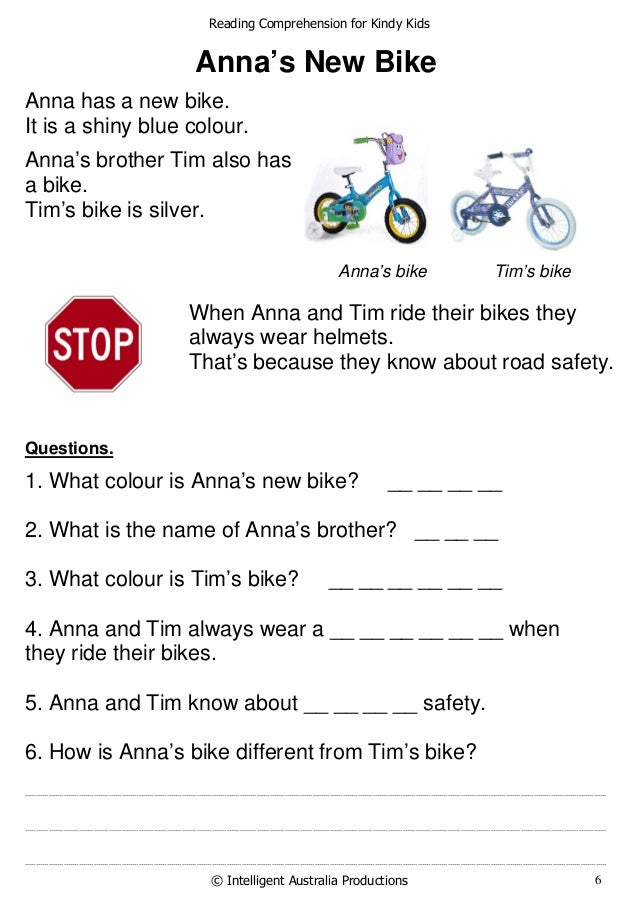 E. The Red Cat Mystery
E. The Red Cat Mystery - Twain, M. The Adventures of Tom Sawyer, The Prince and the Pauper
- Frisch K. "Ten Little Uninvited Guests"
- Ekholm J. "Tutta Karlsson. The first and only"
- Jansson T. "Memoirs of Moomin's father", "The Wizard's Hat"
20 best books for children 7 years old ✅ Blog IQsha.ru
The first books read by the baby on their own remain in the memory for a long time and then are remembered in adulthood.
A child starts reading at the age of 7-8 years, when the active formation of personality begins. It is very important that the baby is aware of how to behave correctly in a given situation, able to distinguish good from evil. Fascinating book plots and heroes with whom many adventures happen will help in this.
What to read to a seven-year-old? We have compiled a list of 20 books with a dynamic, exciting story that expands the horizons of the child.
Interesting books for children 7 years old.
 Hit List
Hit List -
"Hill Dwellers" by Richard Adams.
-
The Chronicles of Narnia by C. Lewis.
-
The Prince and the Pauper by M. Twain.
-
"Deniska's stories" by Victor Dragunsky.
-
The Little Prince Exupery.
-
"The Wizard of the Emerald City" by A. Volkov.
-
Hoffmann's The Nutcracker and the Mouse King.
-
D. Durrell's My Family and Other Animals.
-
White Fang by Jack London.
-
Stevenson's Treasure Island.
-
"Legends and myths of ancient Greece".
-
L. Carroll's Alice in Wonderland.
-
"Tom Sawyer" by Mark Twain.
-
"The Golden Key or the Adventures of Pinocchio" by A. N. Tolstoy.
-
Little Baba Yaga by O. Preusler.
-
"Clutch, Half Shoe and Moss Beard." E. Raud.
-
"Peter Pan" D. Barry.
-
"Master Mary" by Alena Kashura.
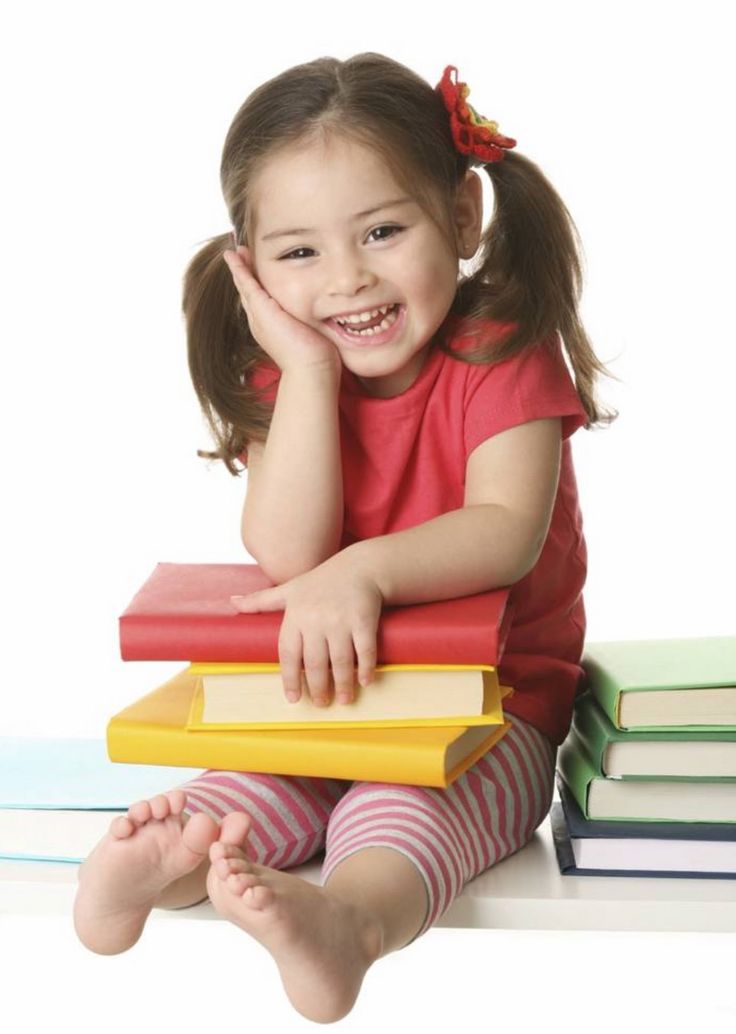
-
"Charlie and the Chocolate Factory" by R. Dahl.
-
"Stories for Children" by C. Dickens.
Our list includes not all popular and interesting books for children 7 years old. For example, many young readers have managed to appreciate the touching story about the little dwarf wizards and the shepherdess Marys. This work of art was written by the outstanding 19th-century Polish poetess and writer Maria Konopnicka. Subsequently, the entertaining book was translated into many languages of the world.
-
The Hill Dwellers by Richard Adams
The fairy tale-parable tells about the adventures of rabbits who had to look for a new home because of the construction that had begun on the old site. The main characters had a long and difficult journey, but they managed to maintain their composure in the most difficult situations.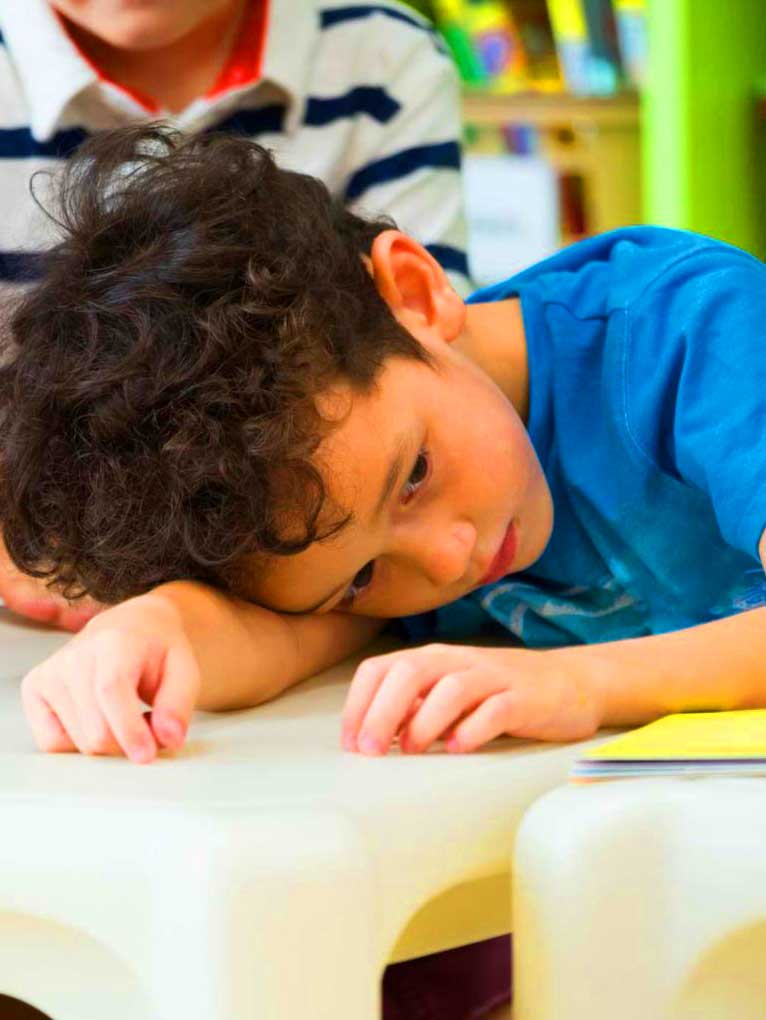
The book makes you think about the importance of friendship and devotion, because inseparable rabbits are ready to sacrifice a lot for the well-being of their loved ones.
The work of R. Adams is deservedly called an "intellectual bestseller", because it contains a deep philosophical meaning. -
The Chronicles of Narnia by C. Lewis
C. Lewis took the work on the book seriously, as evidenced by the entry in his diary: "I wrote what I myself wanted to read." He called stories for children "the best form of creativity in art", which is why he was able to create an amazing world filled with warmth and light. So fairy tales managed to become a worthy example of English children's classics. -
"The Prince and the Pauper" by M. Twain
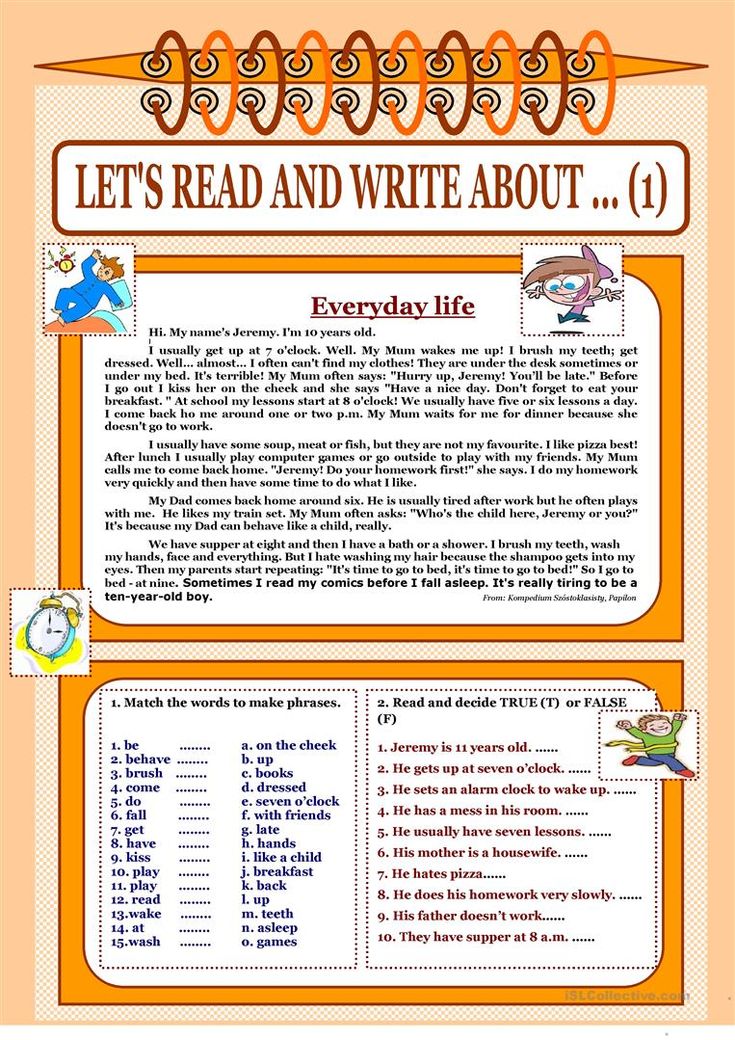 The book teaches children that there are true values that are much more significant than a high position in society.
The book teaches children that there are true values that are much more significant than a high position in society.
The plot is very reminiscent of a classic fairy tale. Prince Edward decided to change clothes with a little vagrant who looked like him like two peas in a pod. So the royal heir, under the guise of a beggar, finds himself in the Court of Garbage, where he gets into all sorts of misfortunes. The tramp, on the other hand, quickly gets used to the atmosphere of palace luxury and decides to adopt several wise laws that protect the disenfranchised people, mired in poverty. Subsequently, the deceit, of course, was revealed, and the prince took the place prepared for him by fate on the throne.
An interesting fact: the work was written on the basis of reliable events that took place in the fate of King Edward VI. The young reader will learn many interesting details about the life of the people of medieval England. Acquaintance with the novel can be the first step towards a passion for historical prose.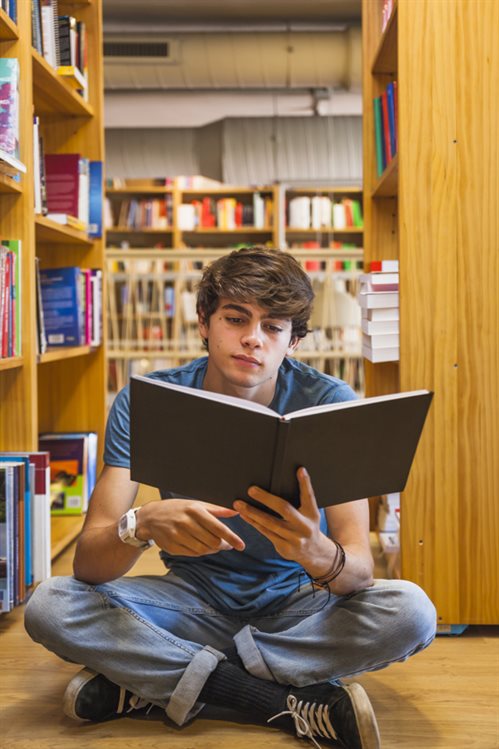
-
"Deniska's stories" by Viktor Dragunsky
A series of stories dedicated to various episodes from the life of a preschooler, and then a primary school student, rightfully deserved the title of classic of Soviet children's literature. The art book was reprinted several times, and was also filmed several times. In 2012, the work was included in the list of "100 books for schoolchildren".
The prototype of the protagonist was the son of Viktor Dragunsky, Denis. Growing up, the boy became a famous journalist and playwright. In one of the stories “My Sister Xenia”, a very important event for the author is described - the birth of his youngest daughter Xenia. As the writer himself admitted, the stories became the embodiment of "his immense love for his own son.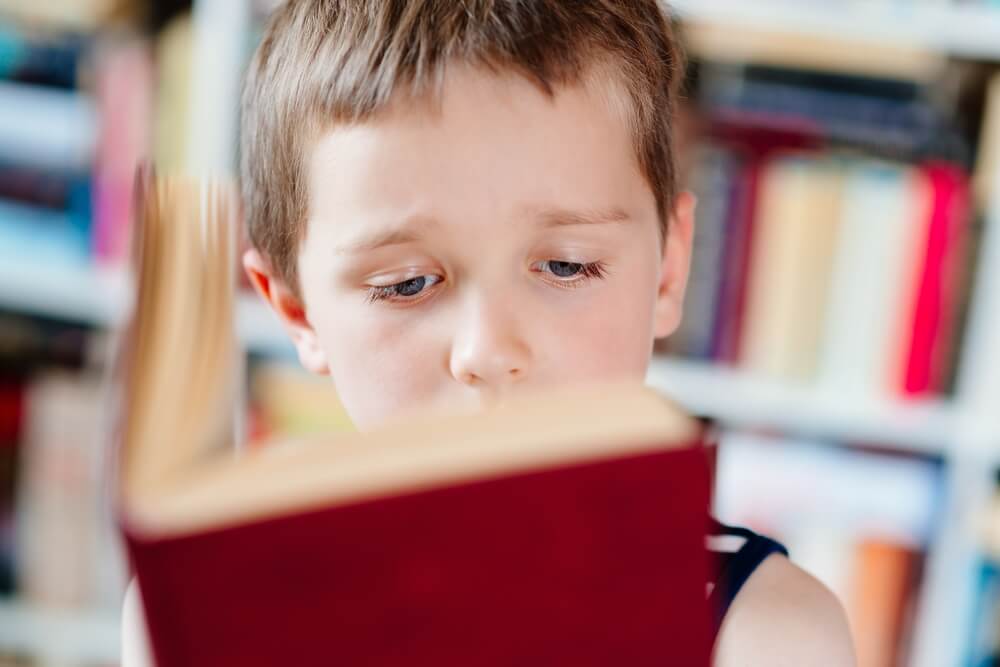 "
" -
The Little Prince by Exupery
The author of the fiction book became the prototype of the protagonist. Exupery, who grew up in an impoverished noble family, was often called a sleepwalker because of his habit of admiring the stars for a long time.
The tale-parable has been translated into 301 languages of the world. Many phrases from the book "went to the people" and were sorted into quotations. -
The Wizard of Oz by A. Volkov
Because of a strong tornado, the characters ended up in Magic Land and began to look for an opportunity to return to their native Kansas.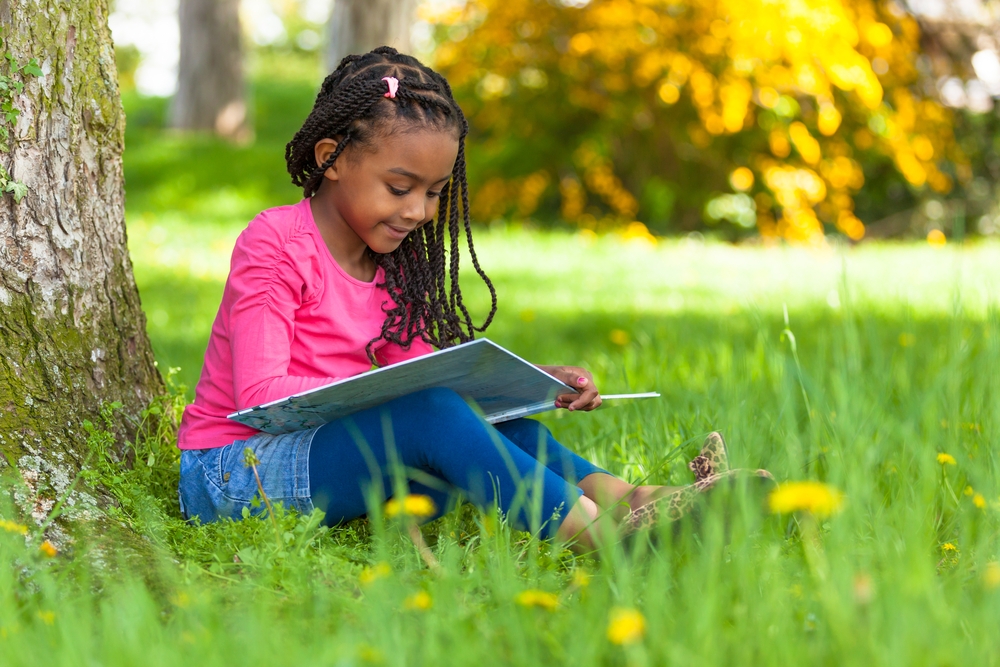 On the way, the girl and her faithful companion met a funny scarecrow named Scarecrow, who dreamed of real brains instead of lifeless straw. Also, the heroes met the Tin Woodman, who sincerely wanted to return the lost heart.
On the way, the girl and her faithful companion met a funny scarecrow named Scarecrow, who dreamed of real brains instead of lifeless straw. Also, the heroes met the Tin Woodman, who sincerely wanted to return the lost heart.
The book is rich in exciting events and unexpected adventures. This magical fairy tale has a happy ending that will certainly delight young readers. They will definitely want to once again immerse themselves in the amazing atmosphere of the Emerald City. -
The Nutcracker and the Mouse King
The author has prepared a serious test for his hero.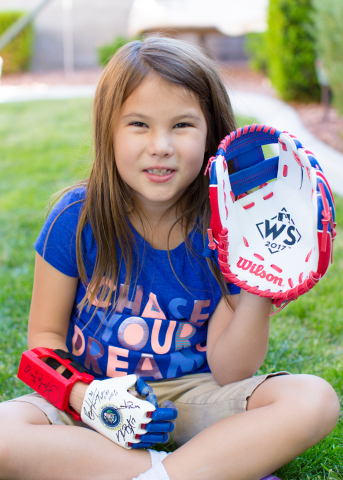 In order for the spell to dissipate, the unsightly Nutcracker must fall in love with a charming girl. Hoffmann's book is very interesting and introduces children to eternal values. A fascinating romantic story about love and sincere devotion awakens noble, bright feelings and teaches you not to judge people only by their appearance.
In order for the spell to dissipate, the unsightly Nutcracker must fall in love with a charming girl. Hoffmann's book is very interesting and introduces children to eternal values. A fascinating romantic story about love and sincere devotion awakens noble, bright feelings and teaches you not to judge people only by their appearance. -
"My Family and Other Animals" by D. Darrell
-
John London's "White Fang"
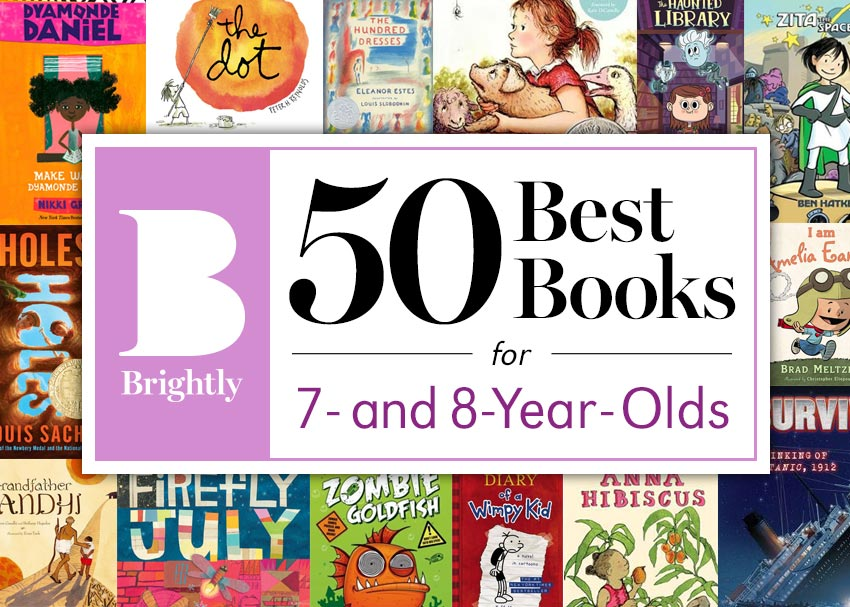 The special charm of the book is given by documentary photographs and author's comments, which turn them into a fascinating report on the history of the creation of the famous work.
The special charm of the book is given by documentary photographs and author's comments, which turn them into a fascinating report on the history of the creation of the famous work. -
Stevenson's Treasure Island
The events of the book unfold in the middle of the 18th century. The tavern, which belongs to the mother of Jim Hawkins, is settled by a mysterious person under the name of Billy Bones. After his sudden death, very intriguing details come to light. It turns out that the gloomy guest used to be a navigator on one of the pirate ships and owned a special map that marked hidden treasures.
Soon a team was formed to send to a distant island, which for a long time was considered fictional. Despite the very dangerous events, the heroes bravely withstood the confrontation with the ruthless pirates and returned to their homeland as truly rich people. Stevenson's fascinating novel is rightfully called one of the best works of the adventure genre.
Stevenson's fascinating novel is rightfully called one of the best works of the adventure genre. -
"Legends and Myths of Ancient Greece"
-
"Alice in Wonderland" by L. Carroll
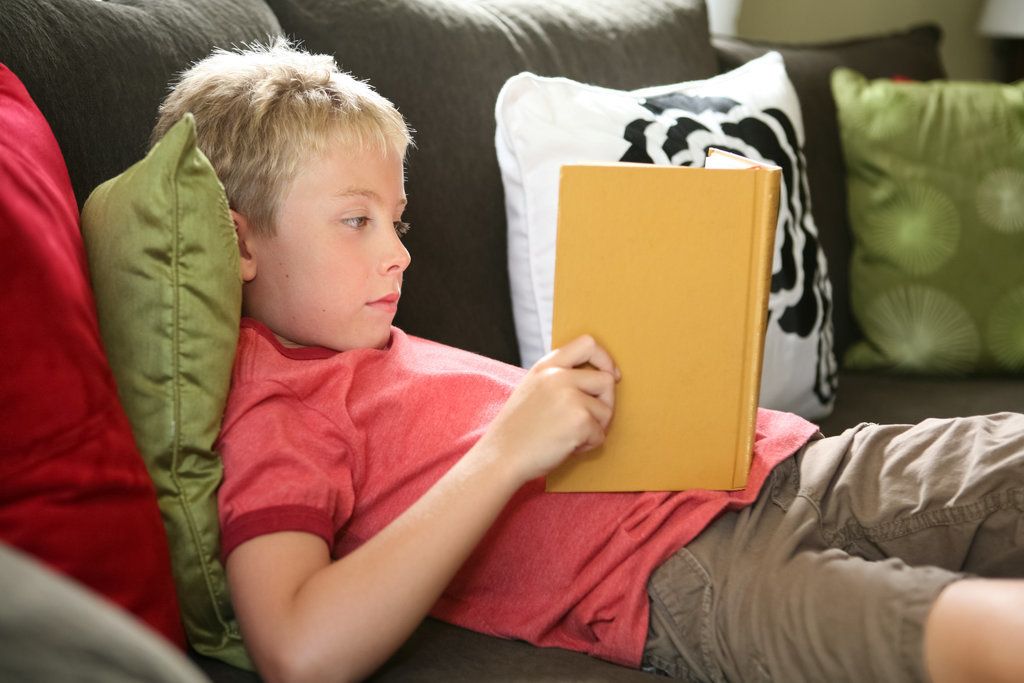
-
Tom Sawyer by Mark Twain
The story, published back in 1876, introduces readers to the difficult fate of the twelve-year-old boy Tom. He lives in a fictional American town called Missouri. The orphan is brought up by the sister of his late mother, Aunt Polly, who loves her nephew very much, but does not always forgive him for pranks.
The work shows a few months in the life of a mischievous boy, which became a turning point in the fate of Tom. The hero turned out to be an unwitting witness to the murder, then he met his first love and exposed the insidious killer.
At the end of the story, the boy managed to find a treasure, which he decided to share equally with Huck Finn, his best friend. -
"The Golden Key or the Adventures of Pinocchio" by A. N. Tolstoy
 So there was an interesting story about a hearth painted on canvas and a golden key, which took shape in a book.
So there was an interesting story about a hearth painted on canvas and a golden key, which took shape in a book.
A variety of cartoons, performances and musicals were created on the basis of A. Tolstoy's book. The writer managed to make the characters alive, funny and memorable. The child will certainly be interested to learn about the fate and adventures of the wooden Pinocchio, carved from an old log. Together with true friends, he will be able to overcome all difficulties and take possession of a real puppet theater hidden behind a canvas in the small dwelling of Pope Carlo. It is not without reason that “The Golden Key or the Adventures of Pinocchio” has been included in the ratings of the best works for children for many years. -
"Little Baba Yaga" by O. Preusler
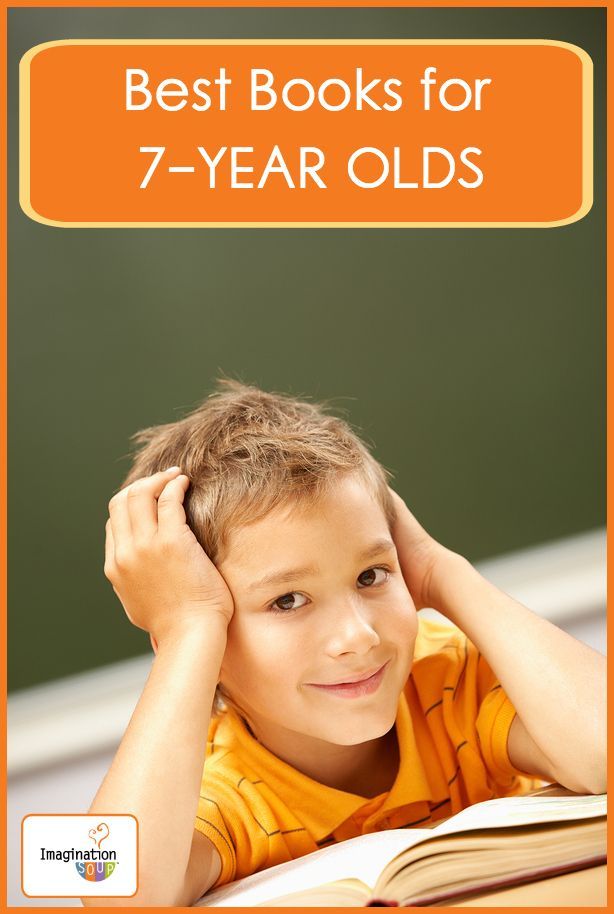
Little Baba Yaga will teach the kid to cope with difficulties not only by magical means, but also talk about the importance of friendship, patience and respect for each other. -
"Clutch, Half Shoe and Moss Beard" E. Raud
One day, the funny characters met for the first time at an ice cream stand. All of them were so small that from afar, naxitralls could be mistaken for gnomes. Each of them had a very unusual appearance. For example, a distinctive feature of the Moss Beard is a large beard of moss, in which last year's lingonberries were visible. The second naxitrall wore funny boots with cut-off toes to make it easier to wiggle his toes. And the third hero wore a thick muff, from which only the crown and heels stuck out instead of ordinary clothes, familiar to the human eye.
What was next for this cheerful company? Hurry up and open the book and dive into magical adventures! -
"Peter Pan" D.
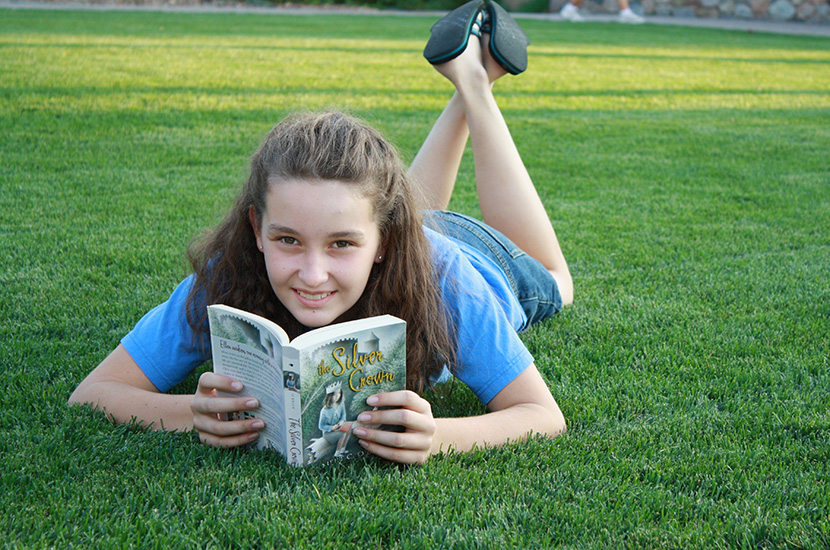 Barry
Barry -
"Master Maria"
Another work by the talented writer, "A Terrible Bug, a Good Bug" was shortlisted for the 7th season of the annual All-Russian literary competition "New Children's Book" in the "Native Nature" nomination.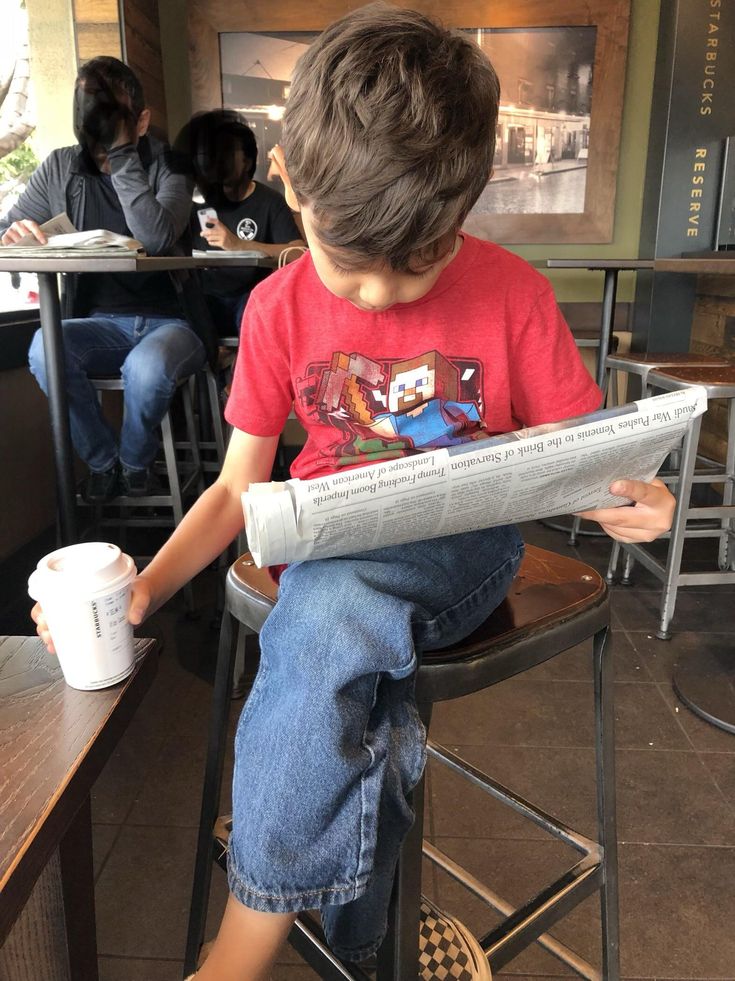
The book "Master Maria" also did not remain without reader's attention. The main character of a fascinating work of art is capable of many things: for example, Maria can tie up an entire team for a ship that is sad without a captain and sailors. Also, the needlewoman can easily make a bulletproof vest for an oak tree that is going to be cut down in the near future. Of course, Mary's good deeds are not to everyone's liking. On the way, a talented girl met an evil sorceress, who constantly starts various dirty tricks. What to do if the insidious enemy is allergic to kindness and Maria's talents haunt her.
An interesting plot is not the only strength of the book. The long-haired jack-of-all-trades was drawn by the talented illustrator Ekaterina Muratova, who previously worked on the works of E. Uspensky and L. Petrushevskaya. -
"Charlie and the Chocolate Factory" by R. Dahl
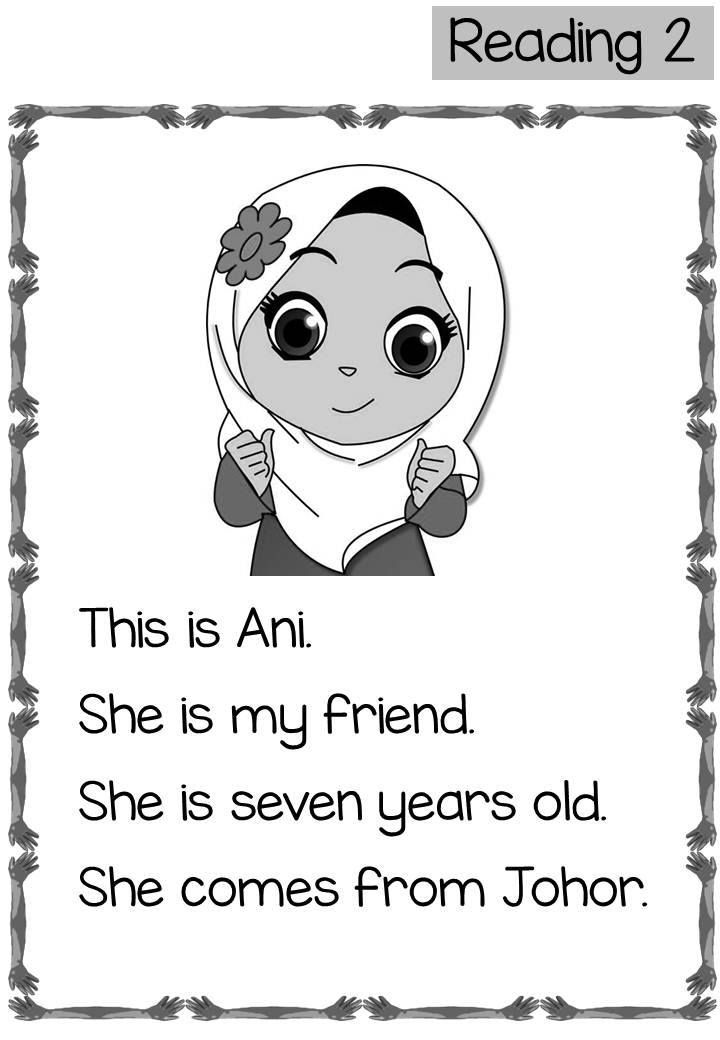 Parents could not afford to buy even the most necessary things for their children. What can we say about chocolate, which the boy so adored.
Parents could not afford to buy even the most necessary things for their children. What can we say about chocolate, which the boy so adored.
Not far from Charlie's house was a mysterious and very mysterious factory. Every morning, going to school, the hero felt that the air around was saturated with the wonderful aroma of chocolate. The unusual factory was fraught with many miracles: caramels that funny change color, marshmallows with a delicate aroma of violets, amazingly delicious ice cream.
One day, Charlie had a chance to get in, being among the lucky few who found the golden ticket. And then ... The fascinating work of Roald Dahl, which was published in many languages of the world and received a large number of various awards, will tell about everything.
In addition, the story of the adventures in the factory of the eccentric confectioner Mr. Wonka was filmed twice. And in 1972, R. Dahl wrote a continuation of the popular work of art - "Charlie and the huge glass elevator.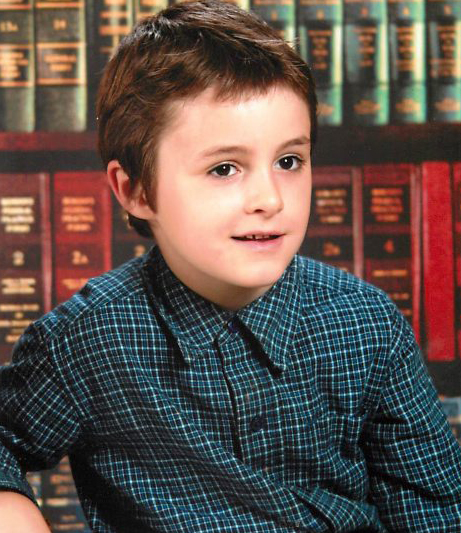 " The main characters again found themselves in the cycle of the most unusual events. They had a chance to visit the world's first Space Hotel, become participants in space races and much more.
" The main characters again found themselves in the cycle of the most unusual events. They had a chance to visit the world's first Space Hotel, become participants in space races and much more.
According to readers, the continuation of the story has an even richer, more original plot than the story with the chocolate factory. The book is written in the best traditions of classical fairy tales, in which good will certainly triumph, and evil will inevitably be punished!
After reading the first book, you can watch with your child the musical feature film of the same name, which was shot in the fantasy genre. The main difference between the movie and the book is that the setting was moved from the 1960s to the 2000s. -
"Stories for Children" by Charles Dickens
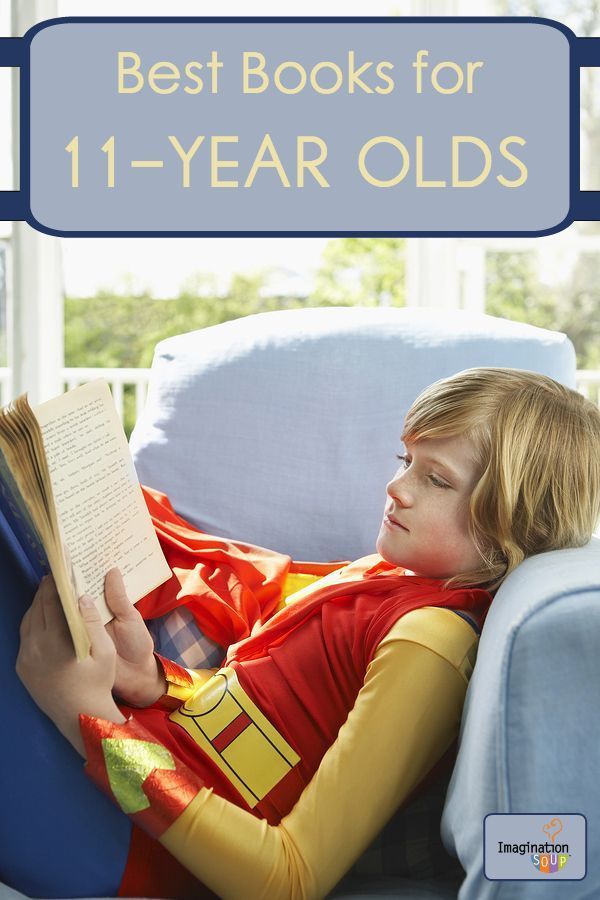
Do developmental exercises from Aikyusha
"Petersburg for Children" by E. Pervushina
At present, you can see many books for 7-year-old children on sale. For example, a variety of guidebooks are being actively published that tell fascinating stories about the sights of Russian cities. Among them is the publication of E. Pervushina about the northern capital. Together with the author of a detailed guidebook, children will go on an exciting journey along the famous Nevsky Prospekt, Vasilyevsky Island, look into the picturesque parks and luxurious palaces of St. Petersburg.
Colorful maps and carefully drawn schemes will help young travelers navigate the city well. And the presence of funny characters in the book makes acquaintance with the famous places of the city on the Neva even more informative and fun.
The guide is intended for children aged 6-12. It has a variety of puzzles and other interesting tasks, thanks to which learning the history of St. Petersburg will become much more interesting.
"ABC of strange fish: For adults and children" V. Orso
V. Orso's fascinating book describes many fish that live in lakes, rivers, oceans and seas. It also tells about the adventures of brave sailors who conquered the expanses of water. Having got acquainted with the colorful edition about outlandish inhabitants, the child will understand how important it is to protect and love nature.
"Cars" by P. Kraft
This find is ideal for readers of primary school age who are passionate about cars. Paul Kraft's book features models from different eras, including speed record holders, unusual cars and sports cars. Here you can also see luxury cars, SUVs and vehicles of famous movie characters. The schoolchild will also learn about the machines of the future, which are still being developed by professionals.
How to read with a 7-year-old child
It is best for a 6-7 year old child to read books aloud. This will help to remember the plot in detail, contributes to the development of speech and acting skills.